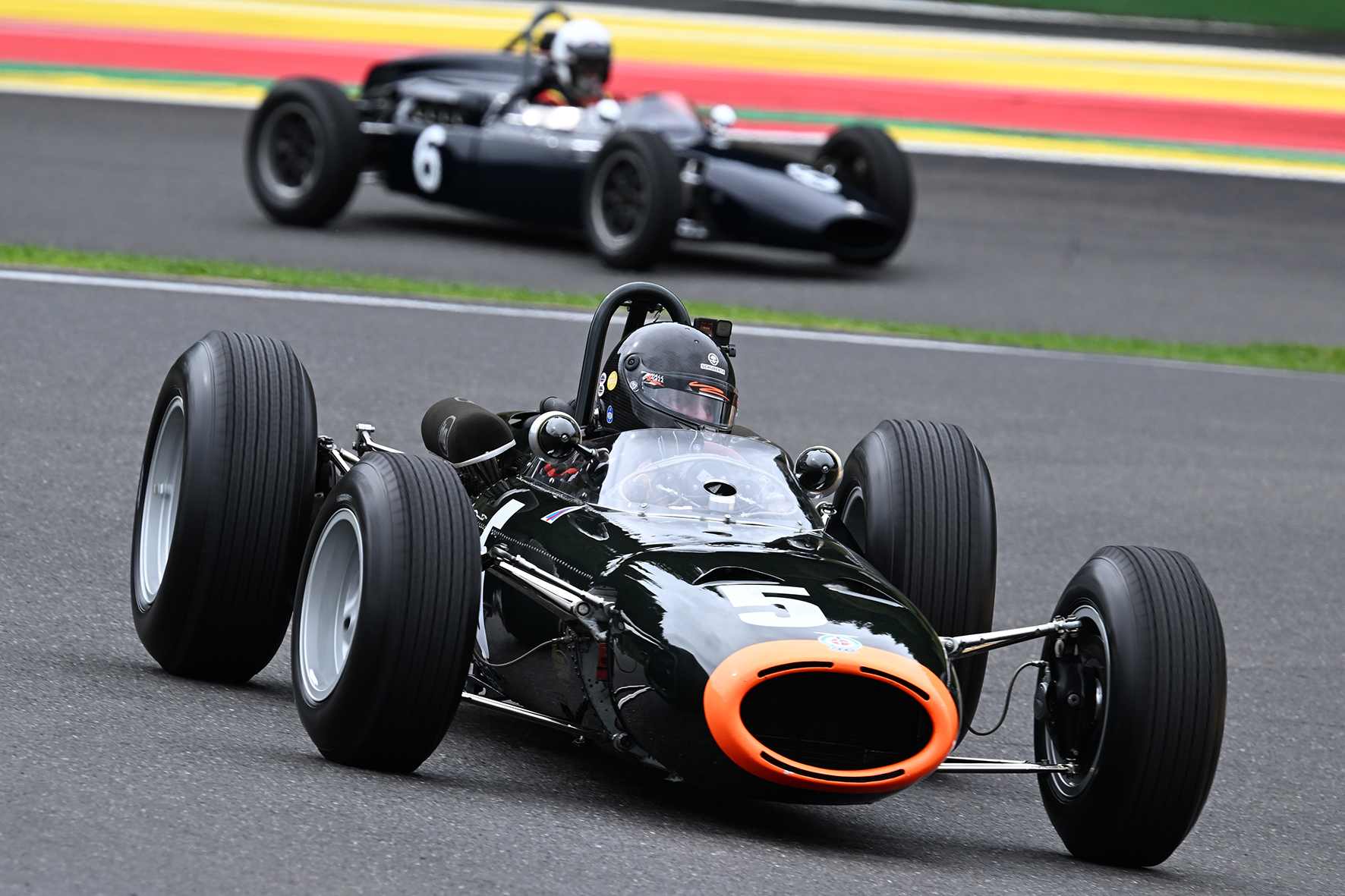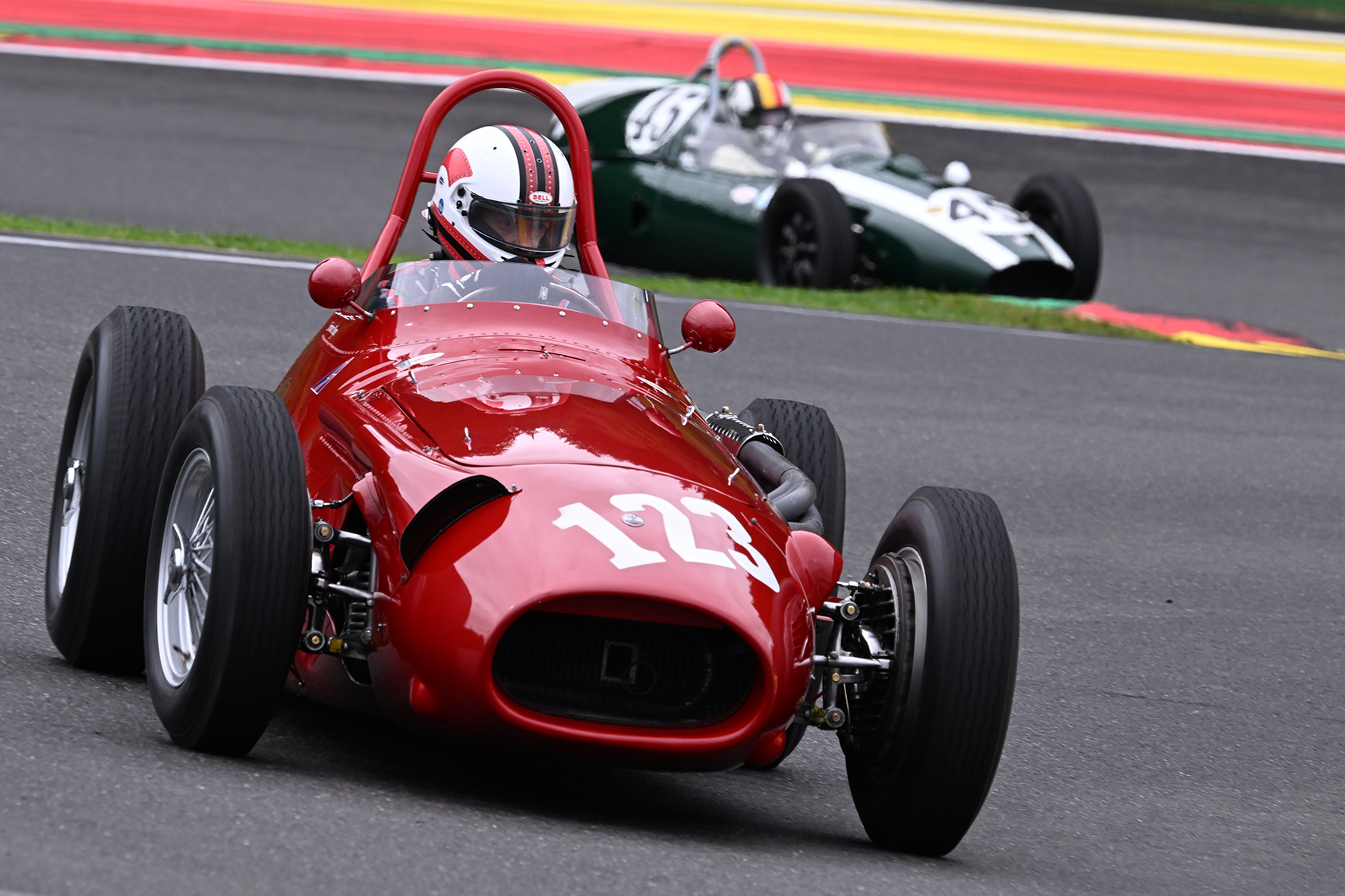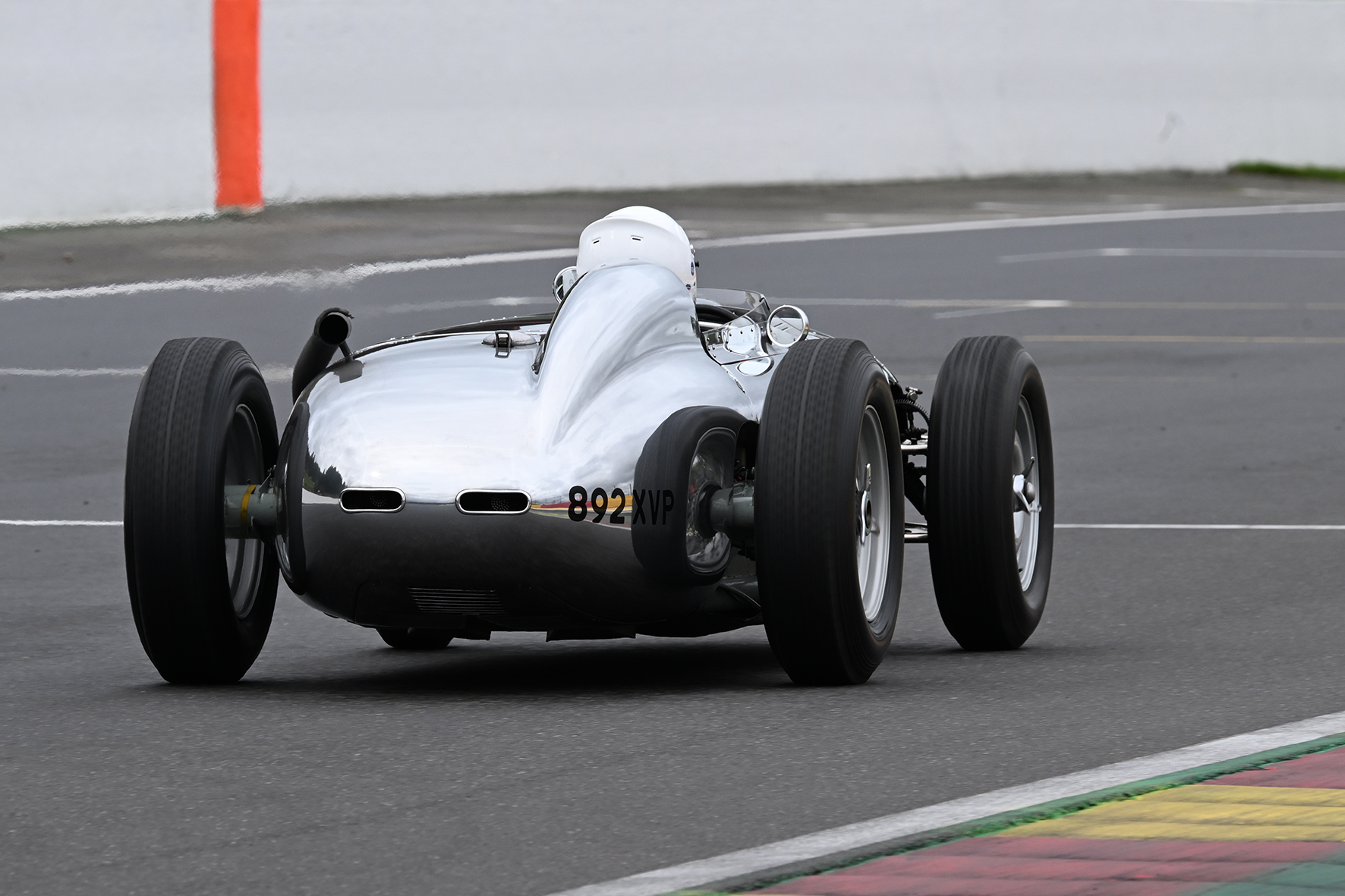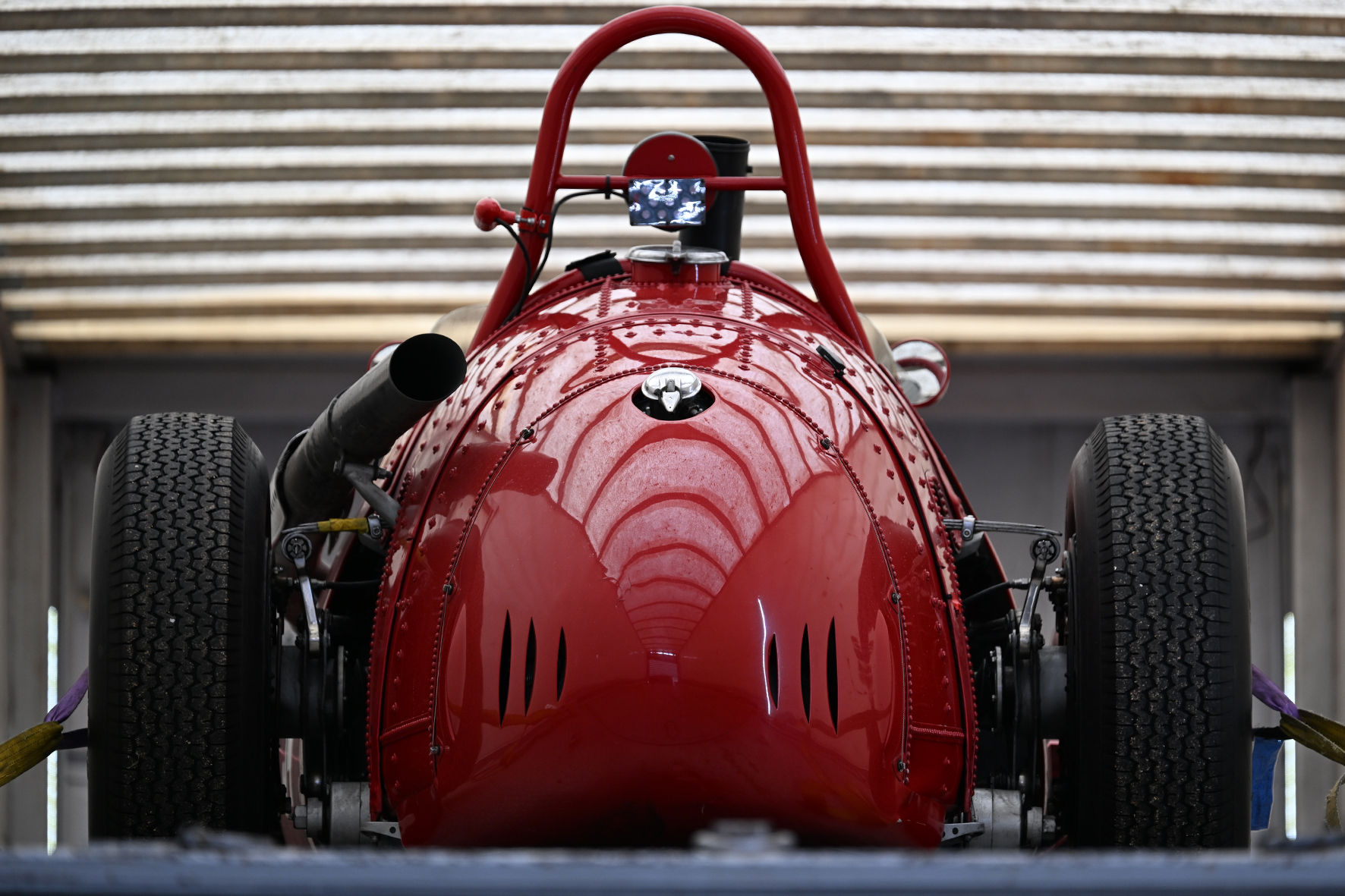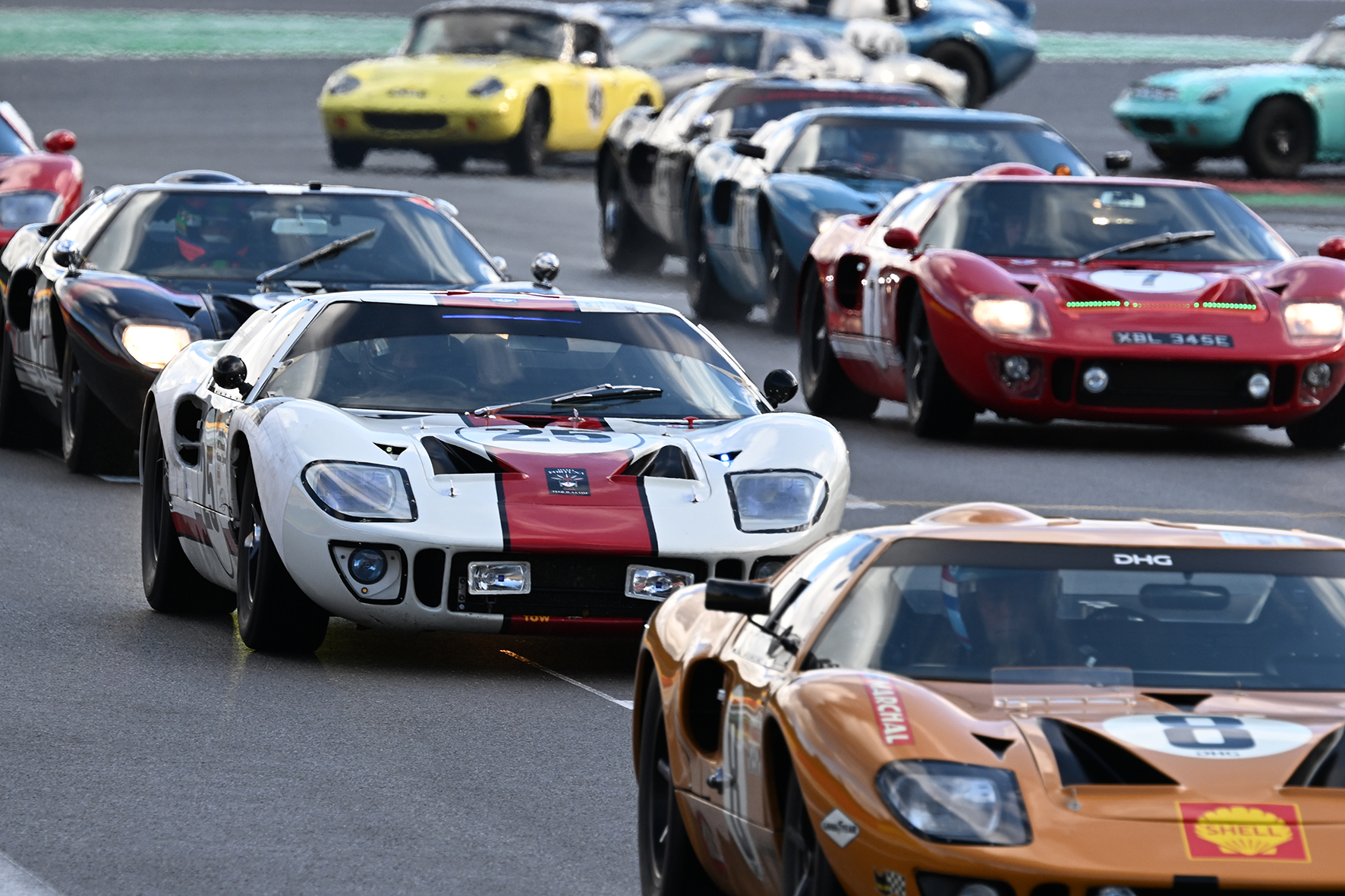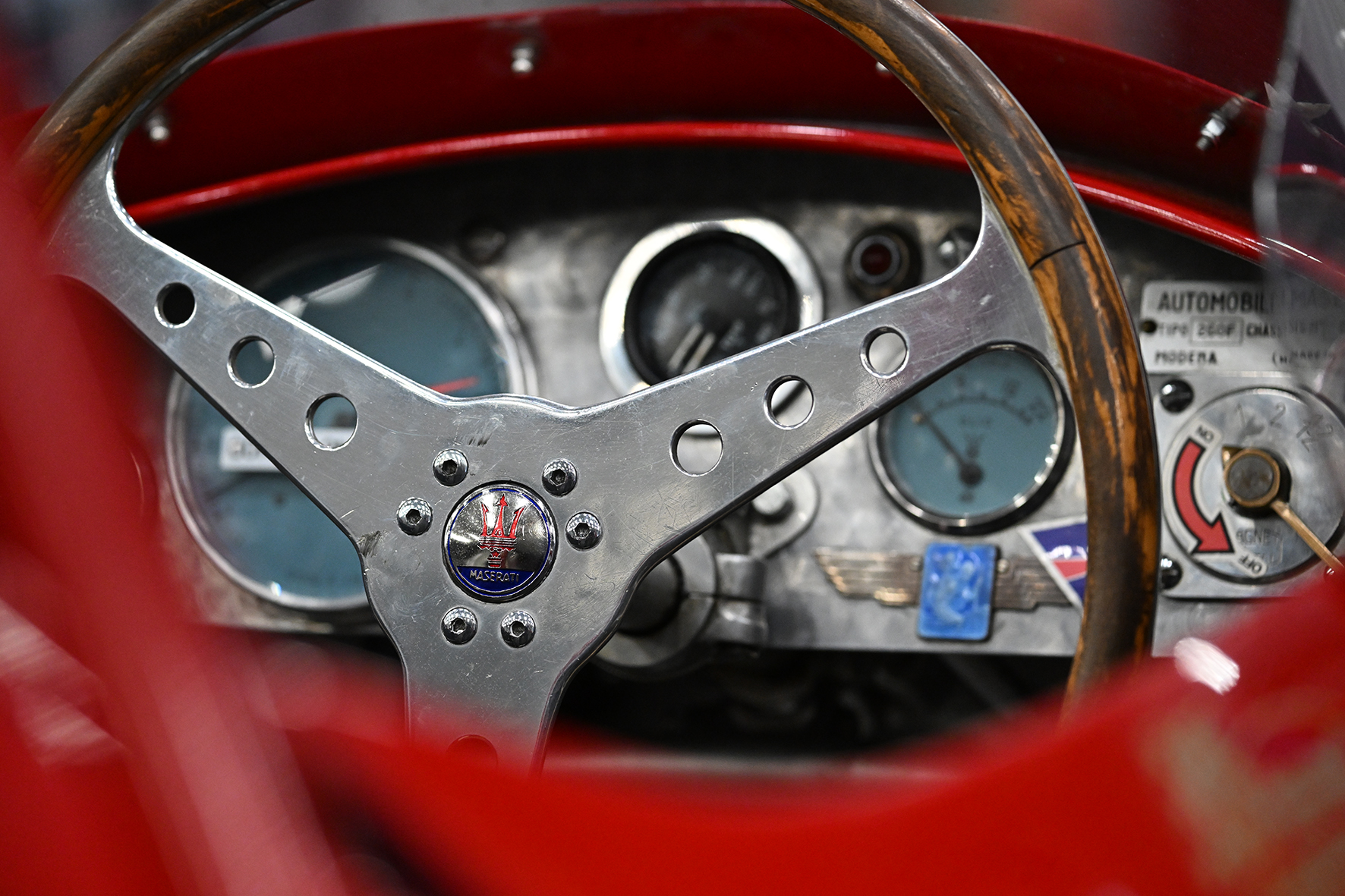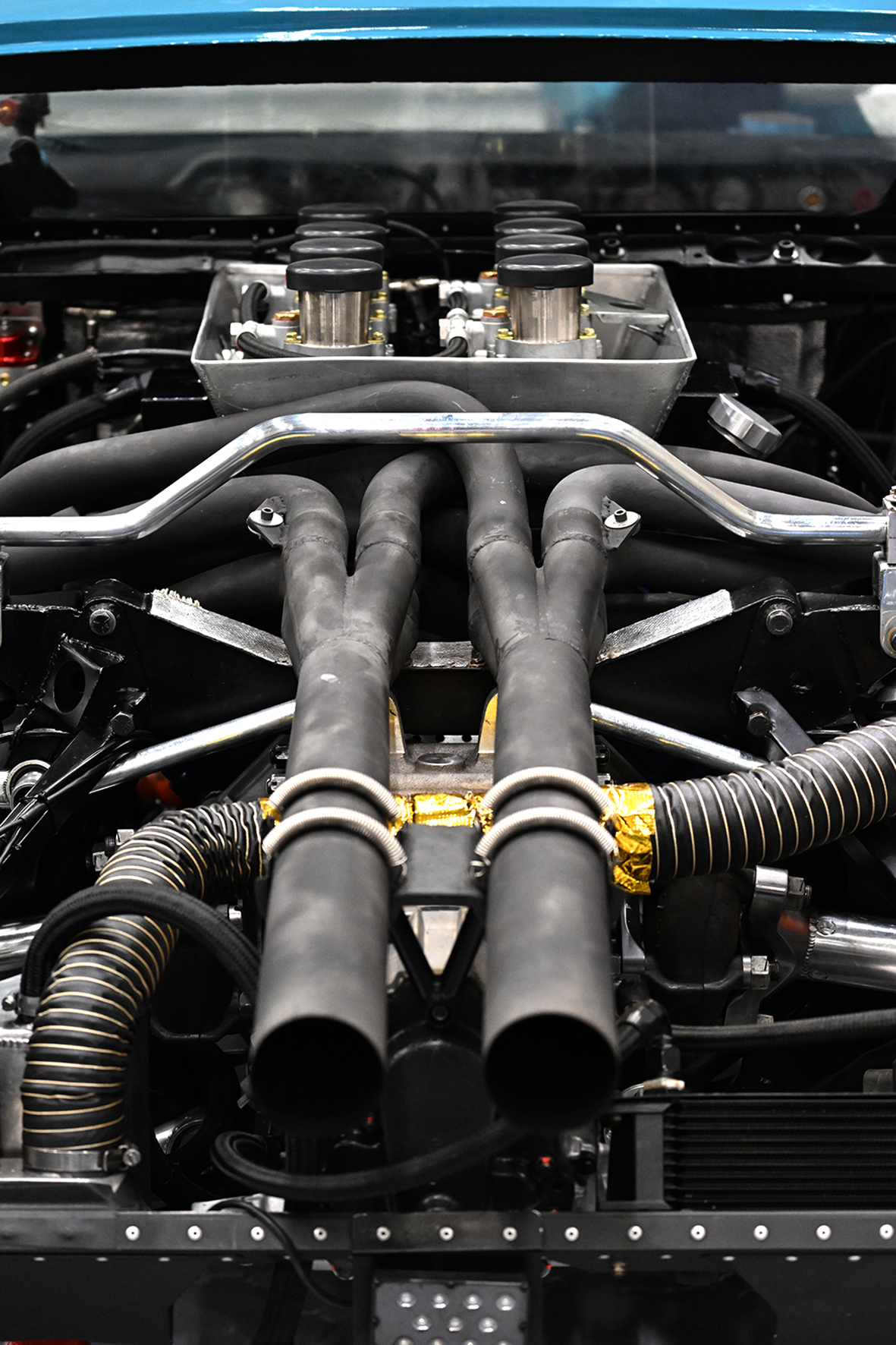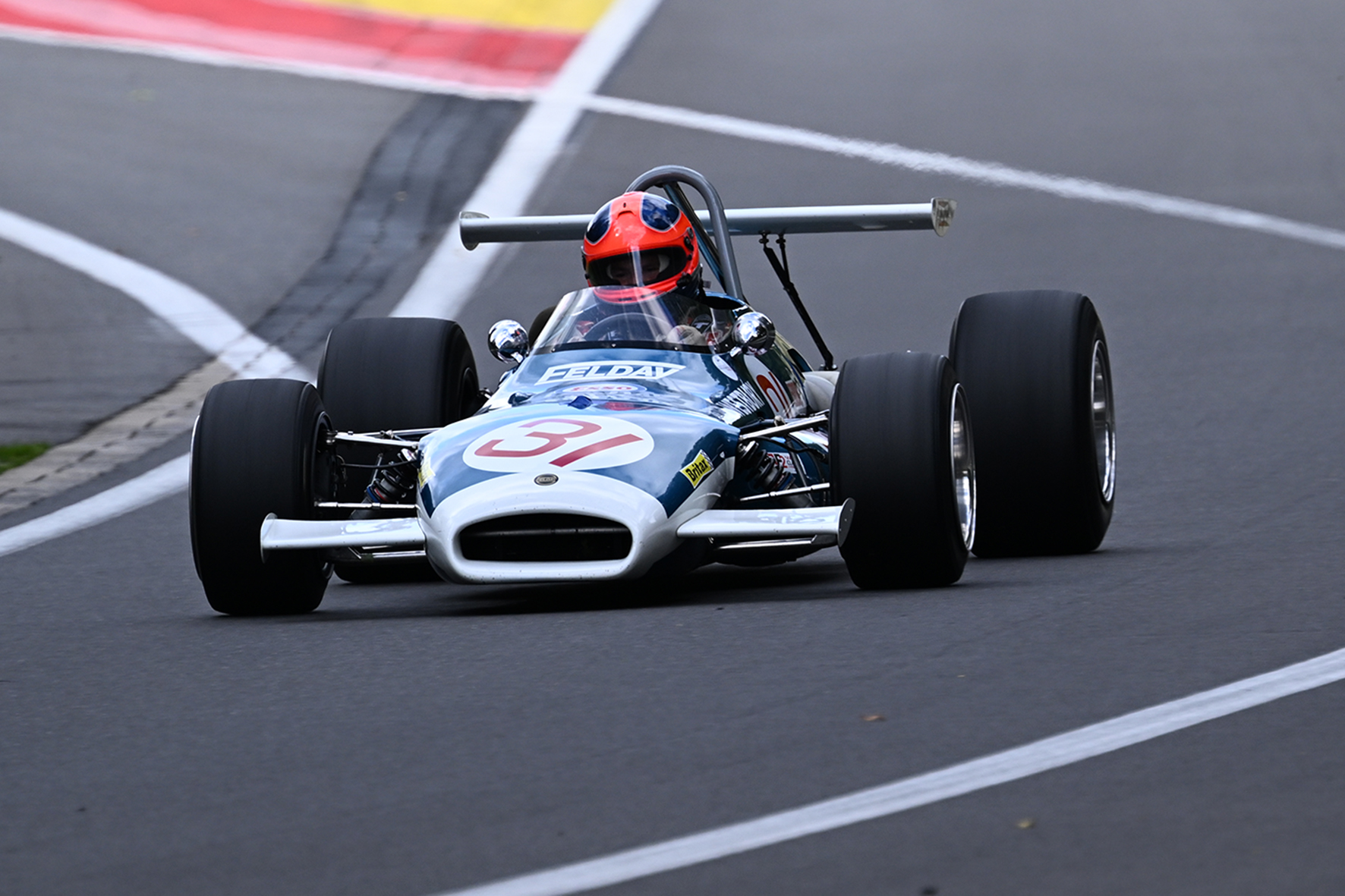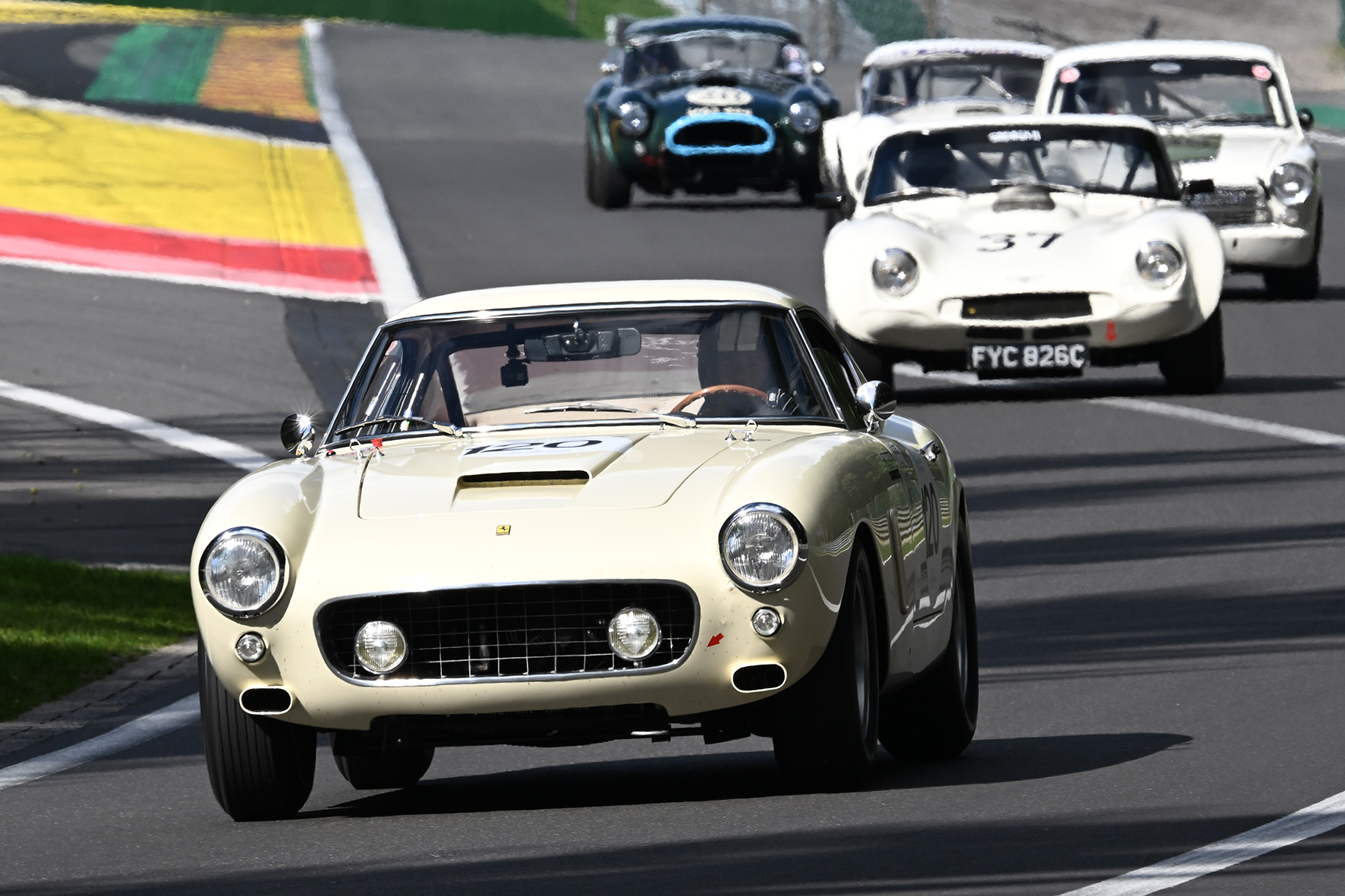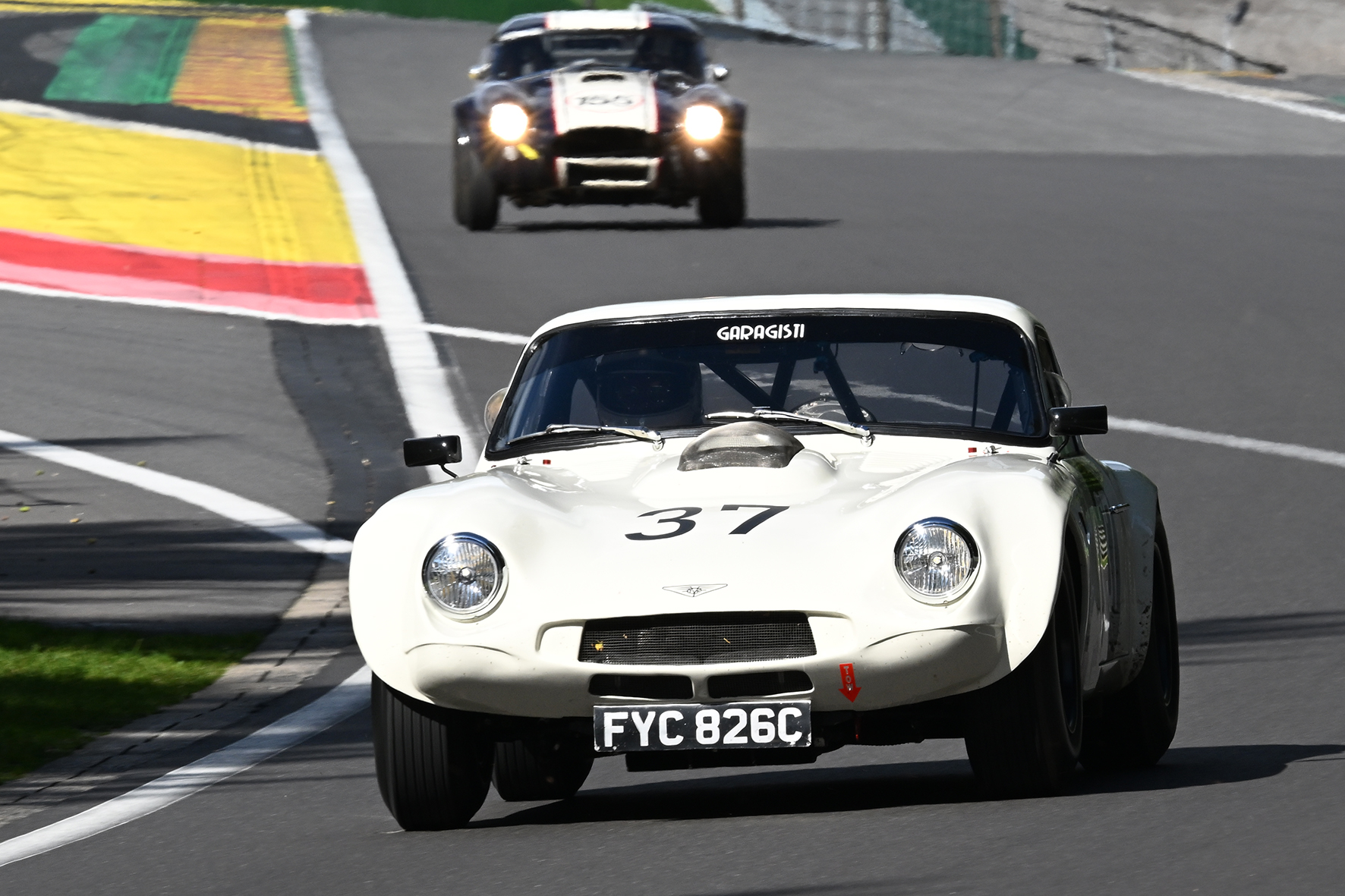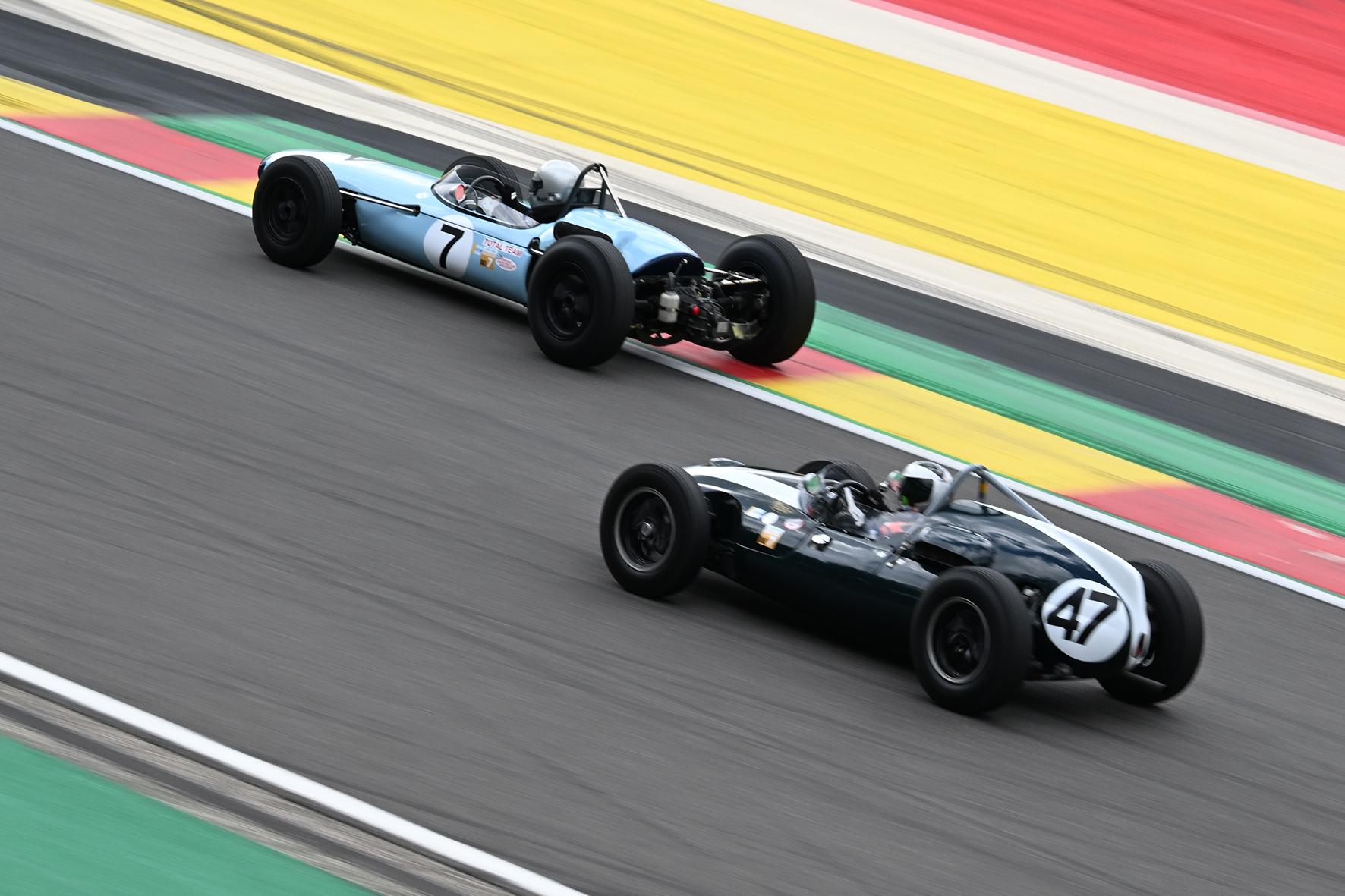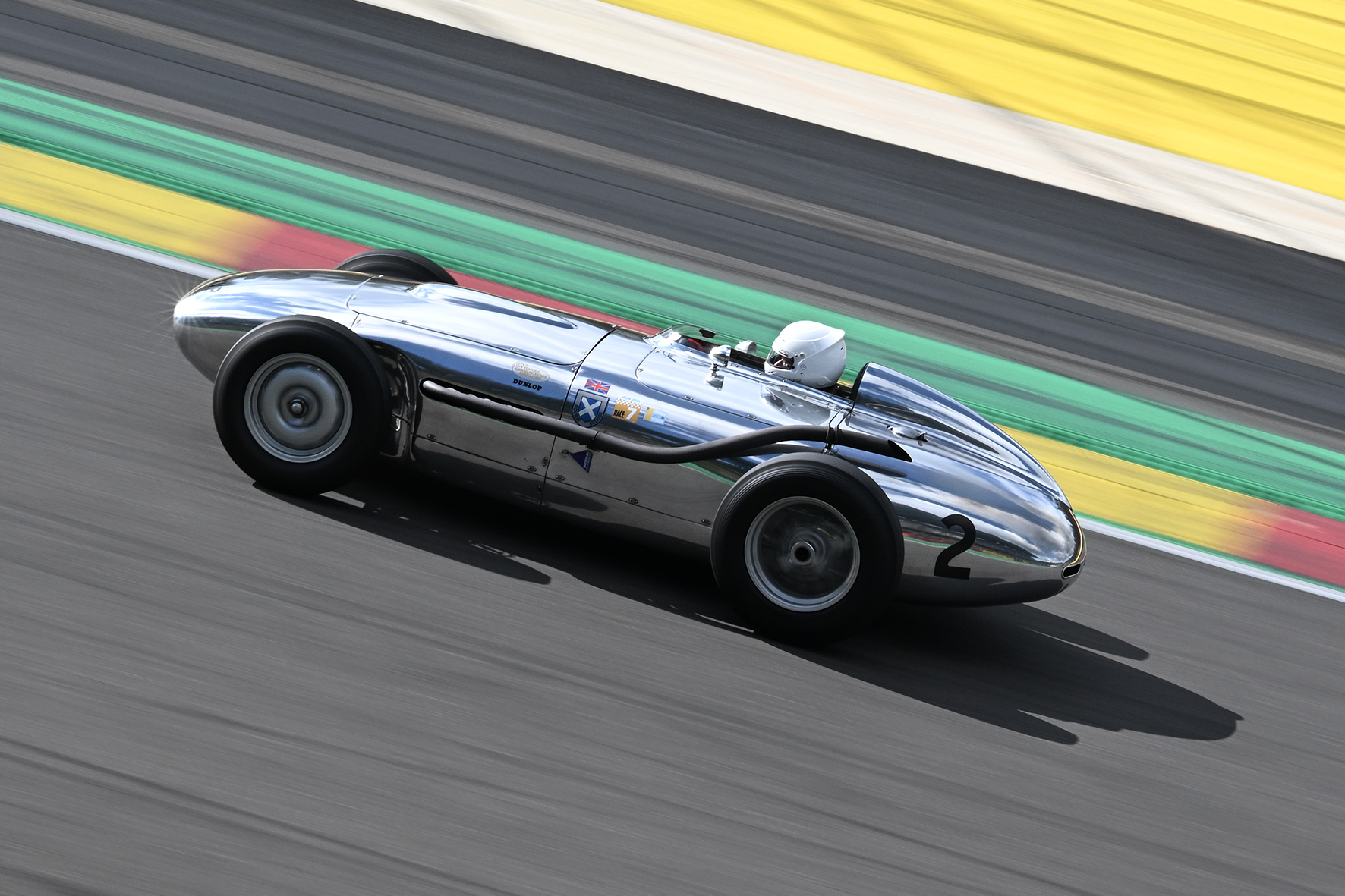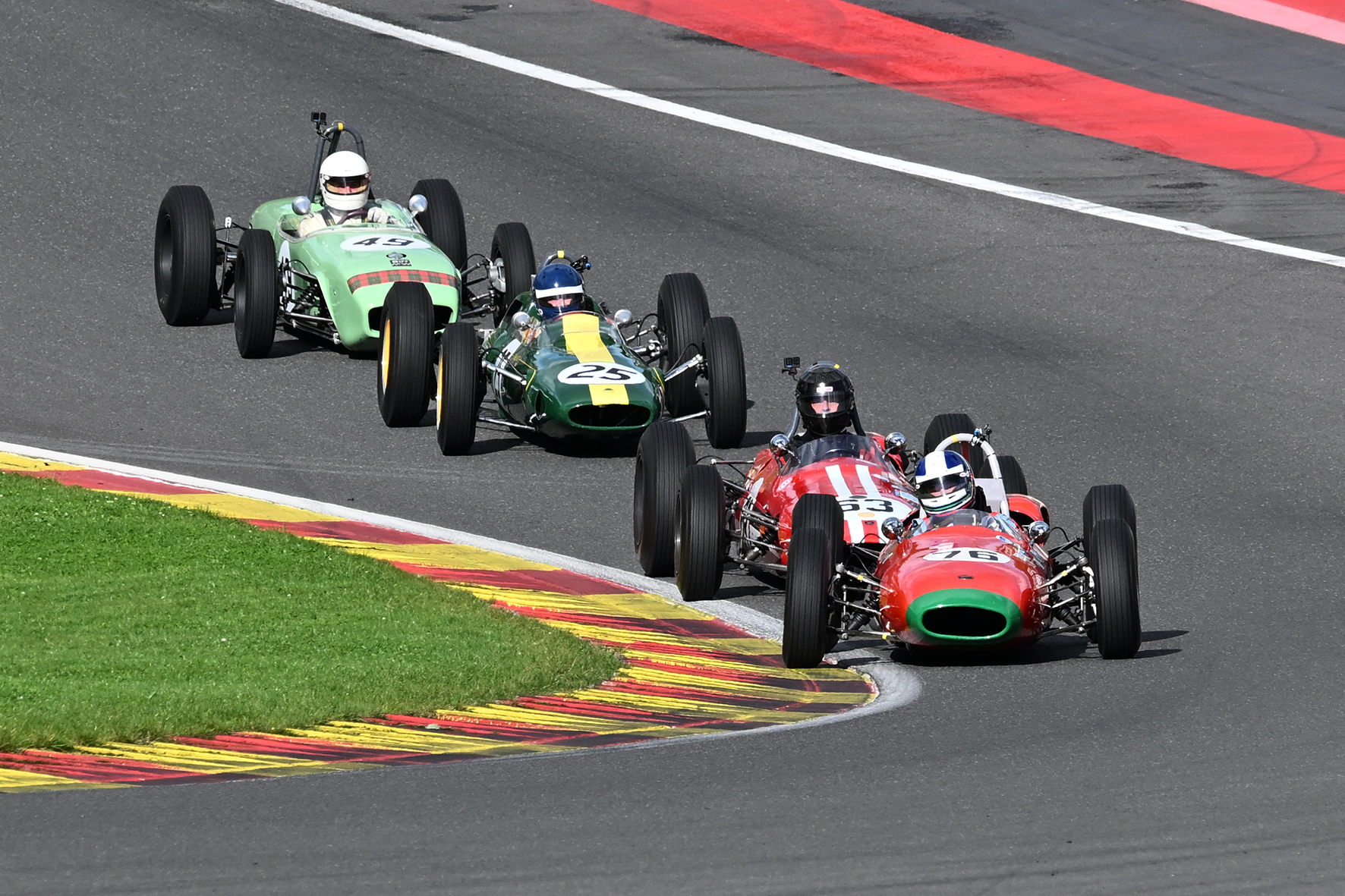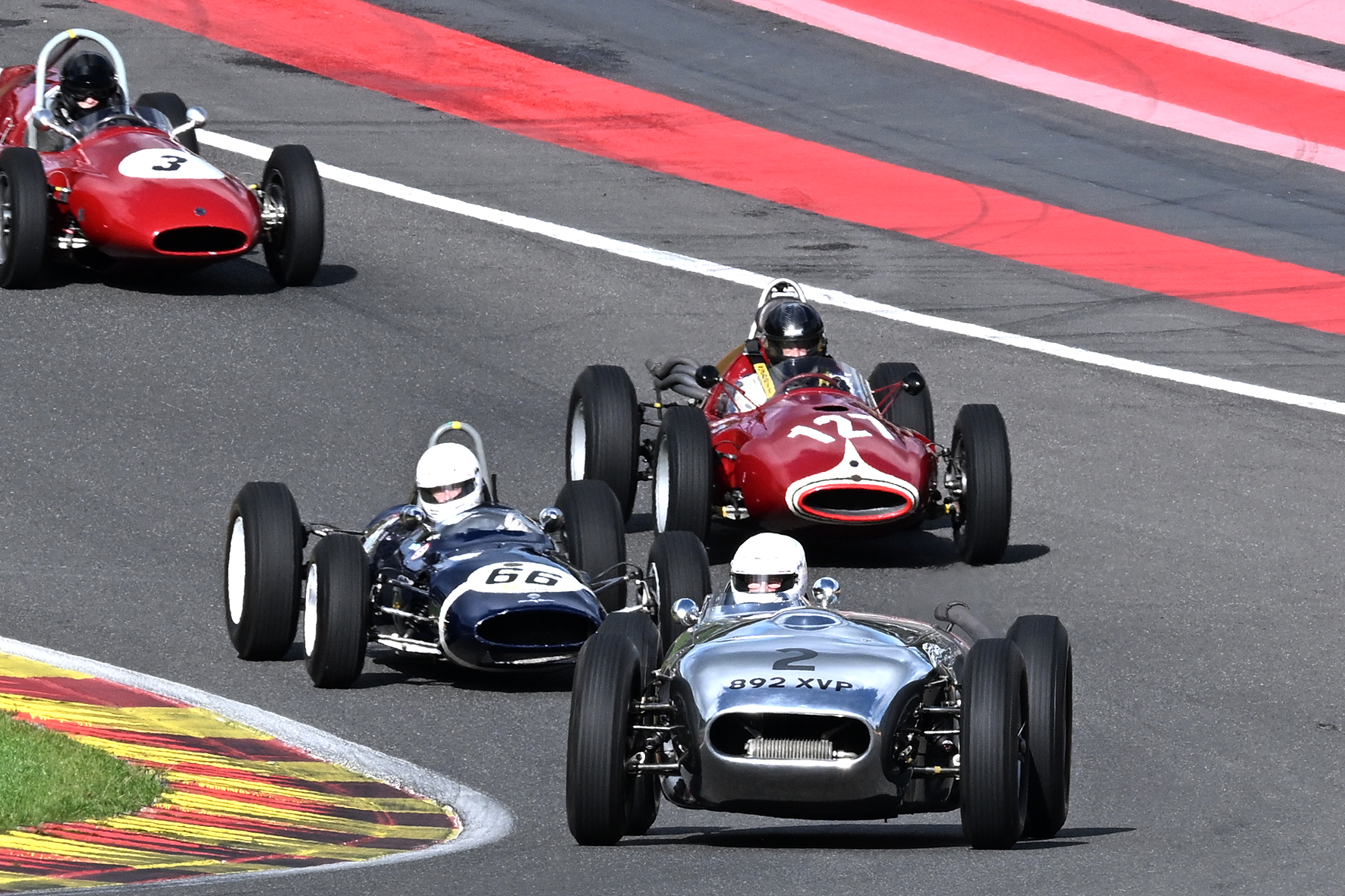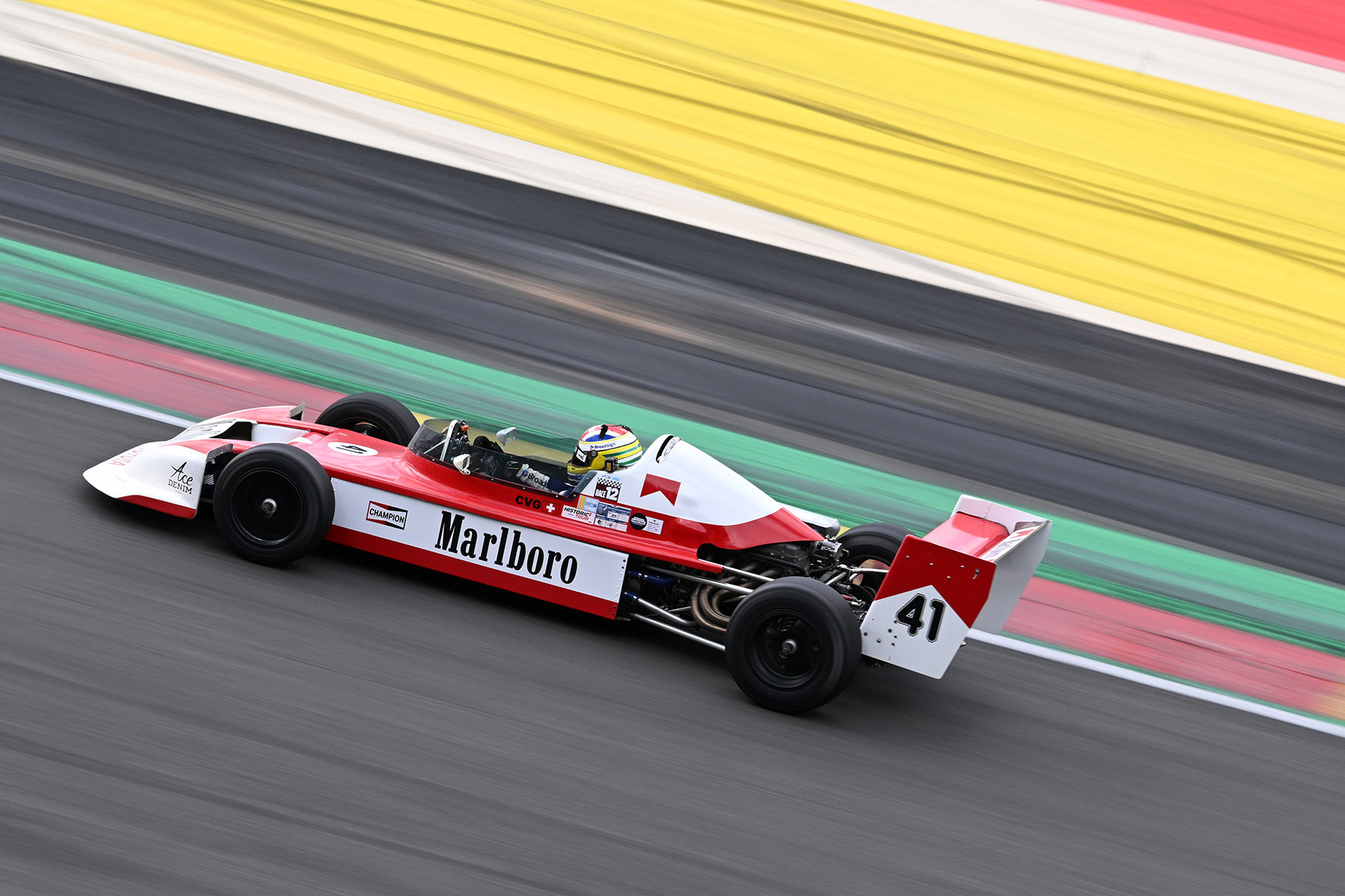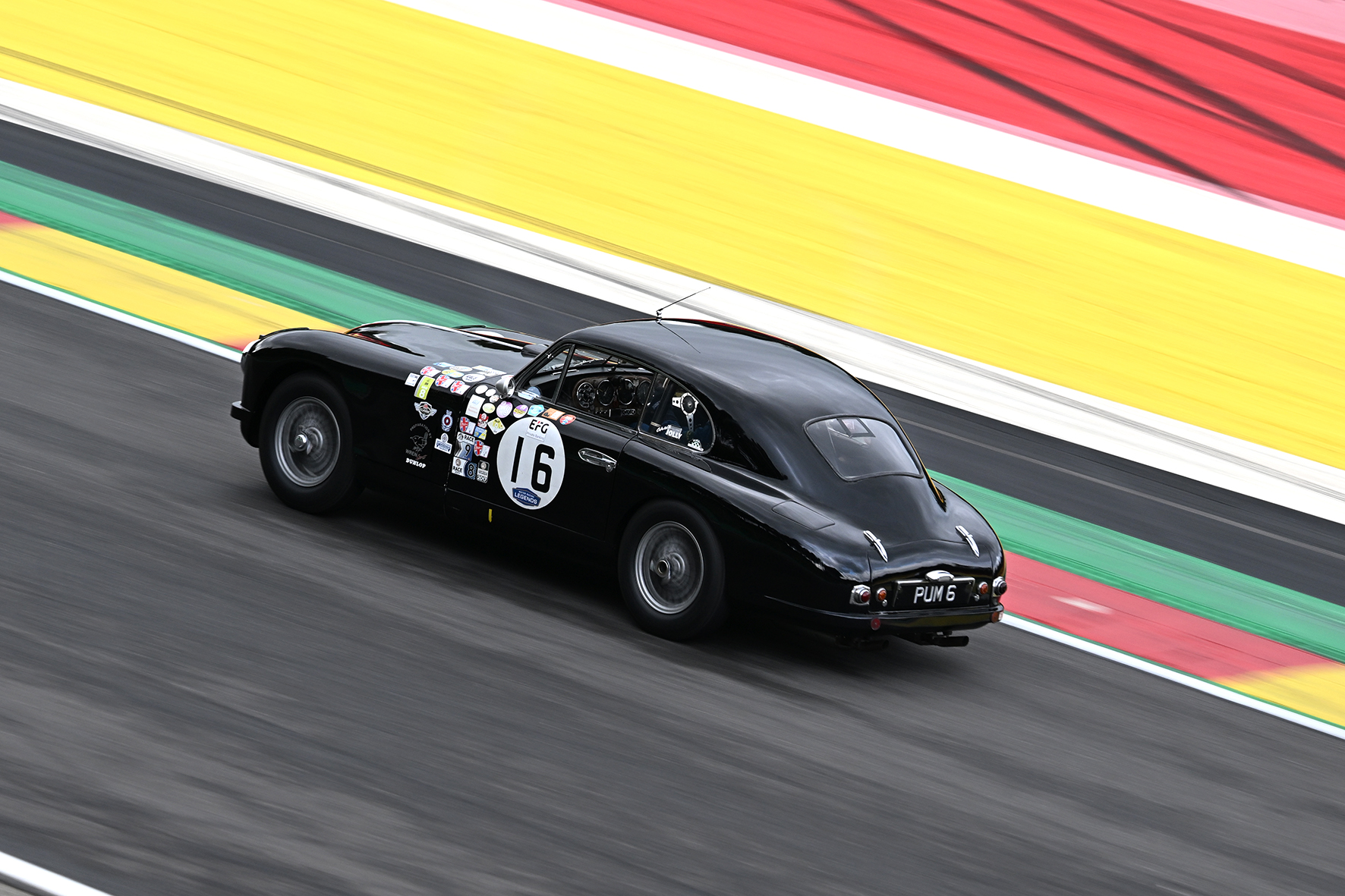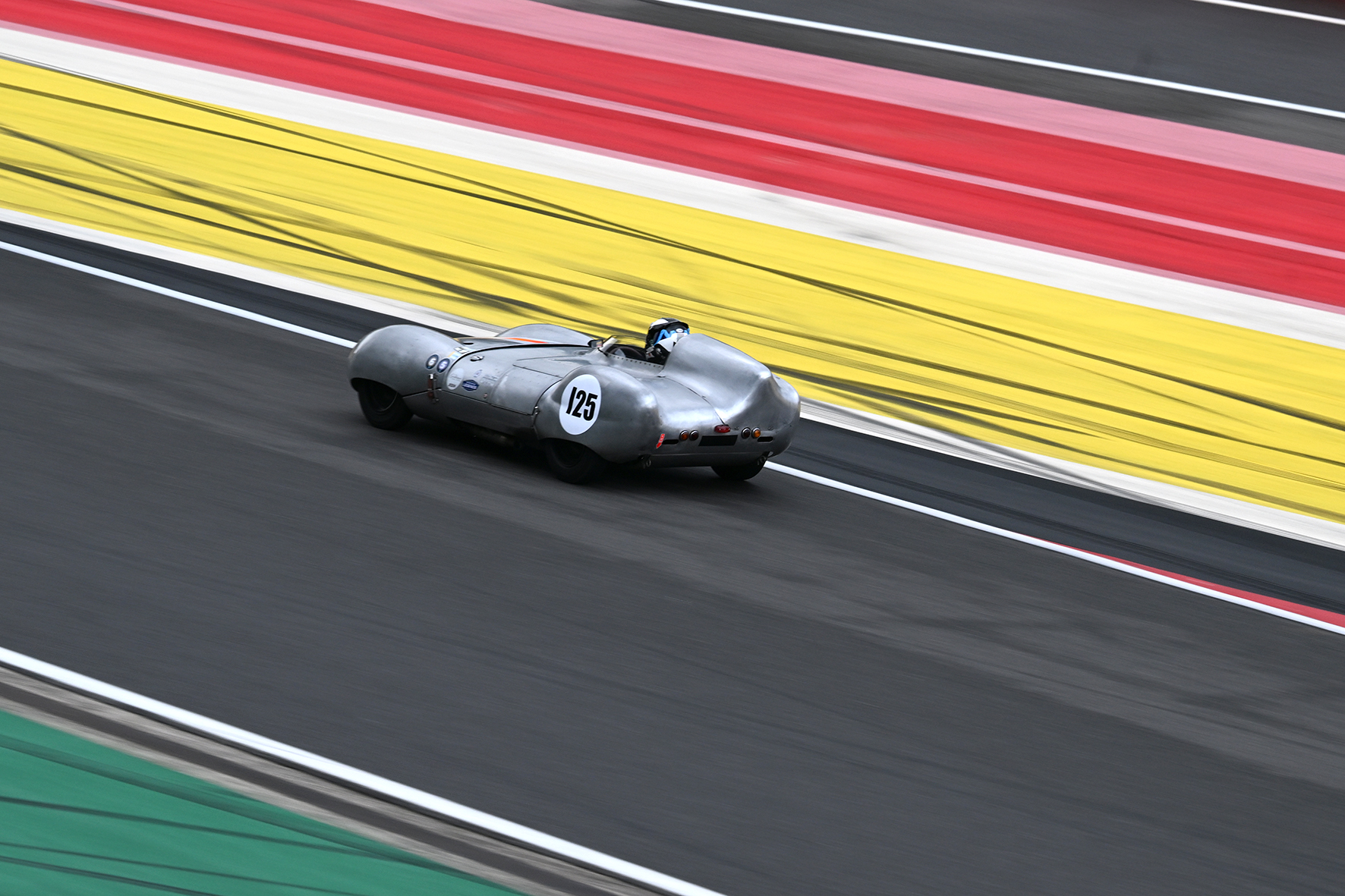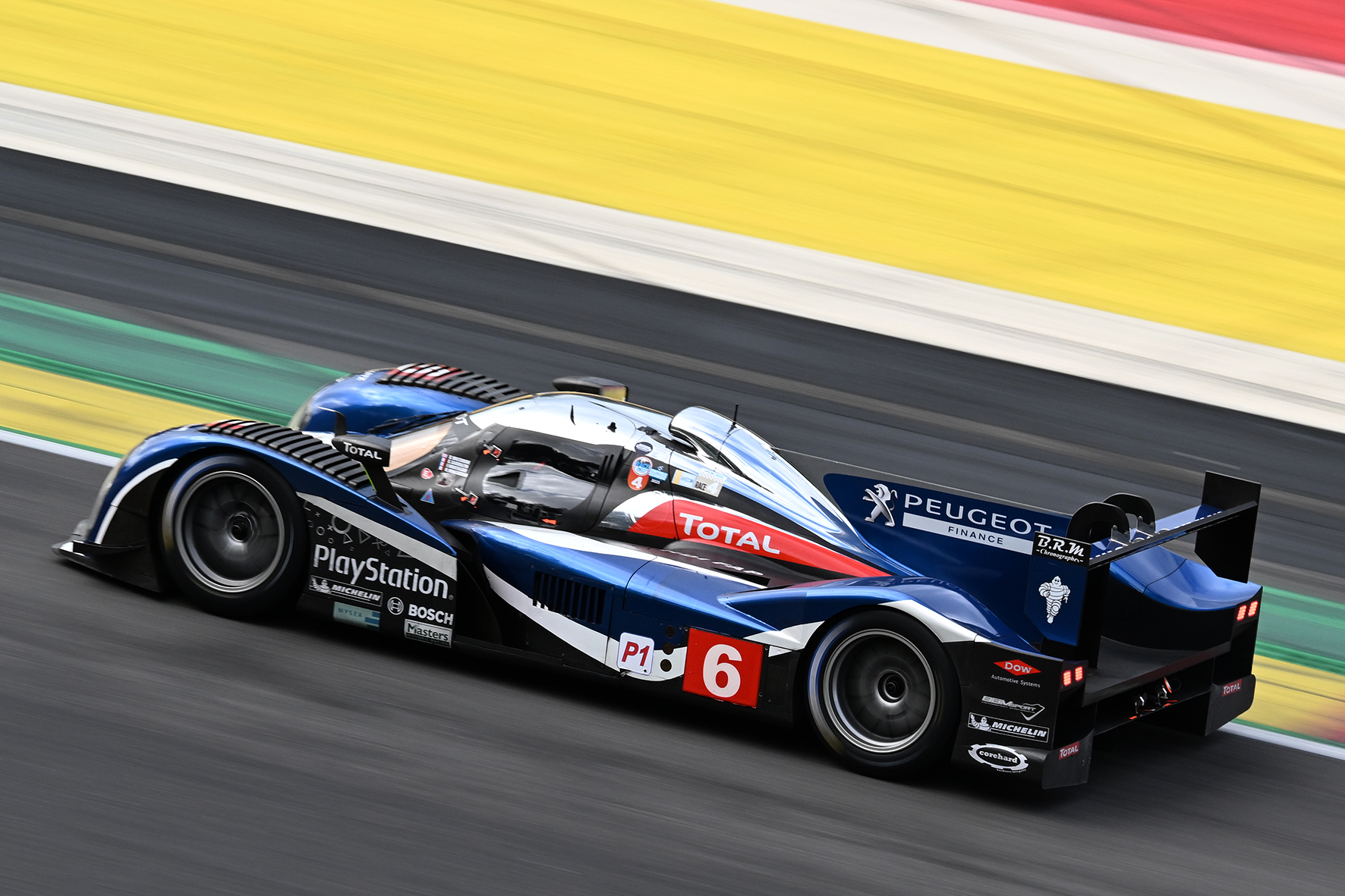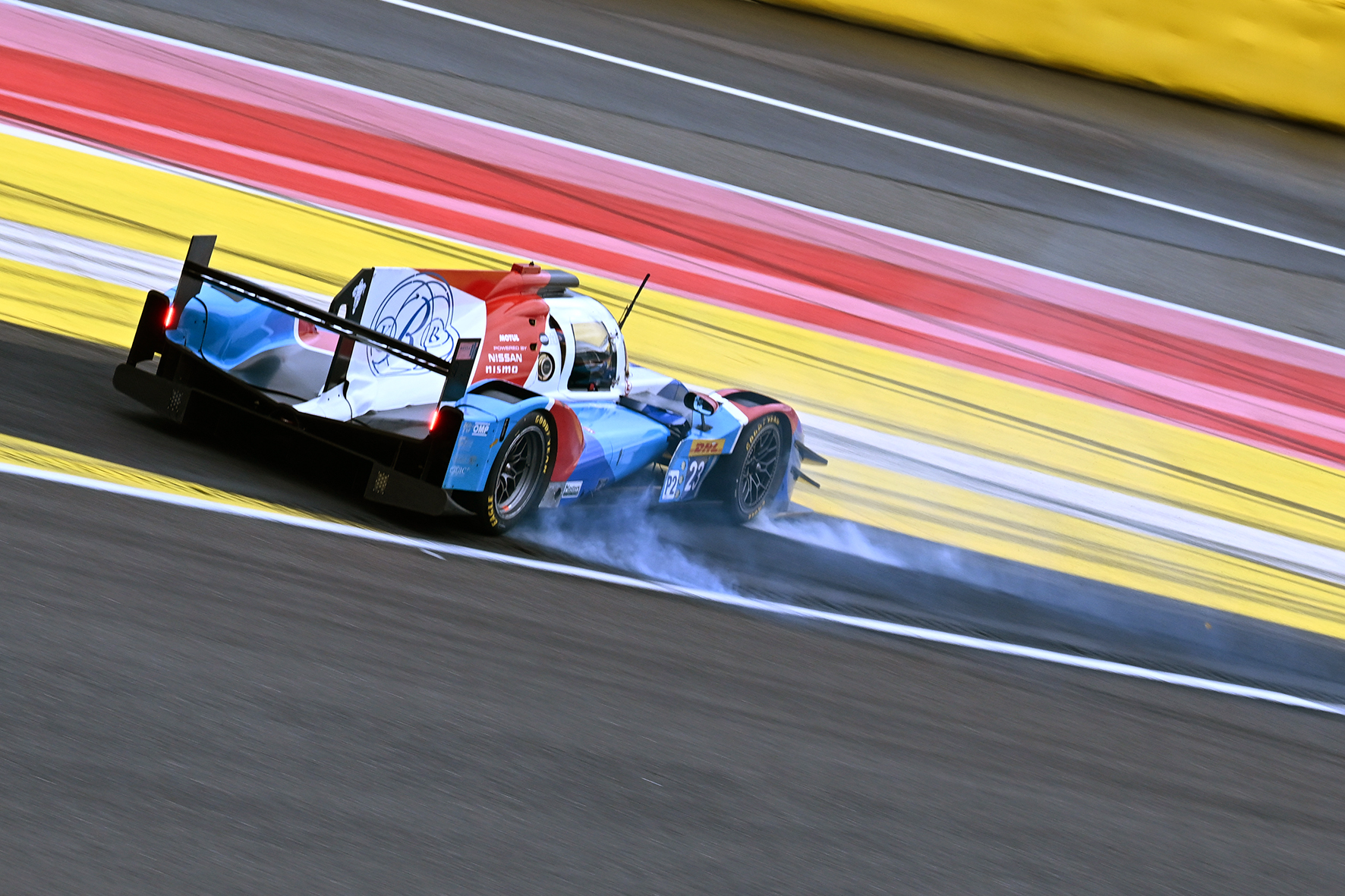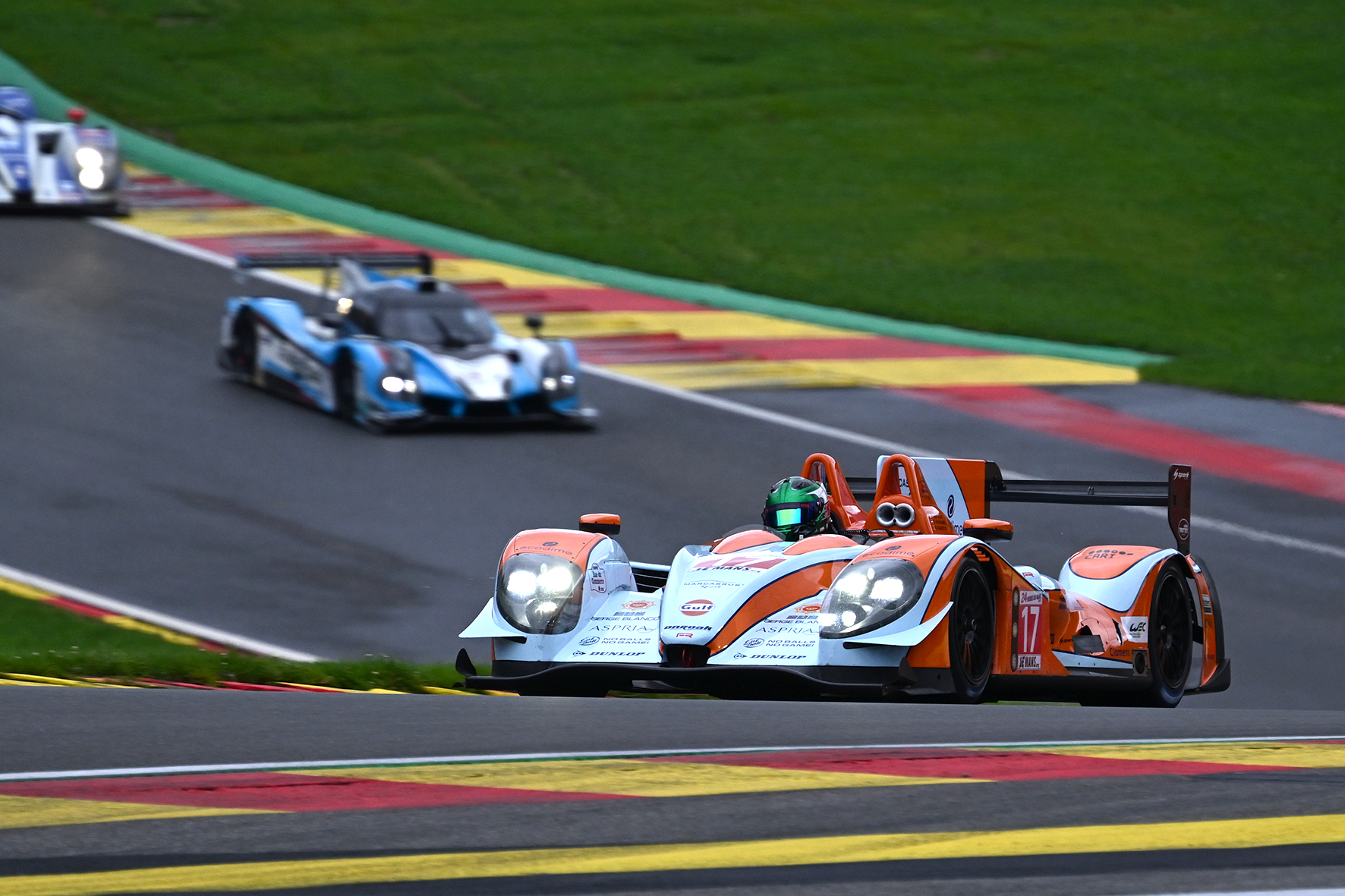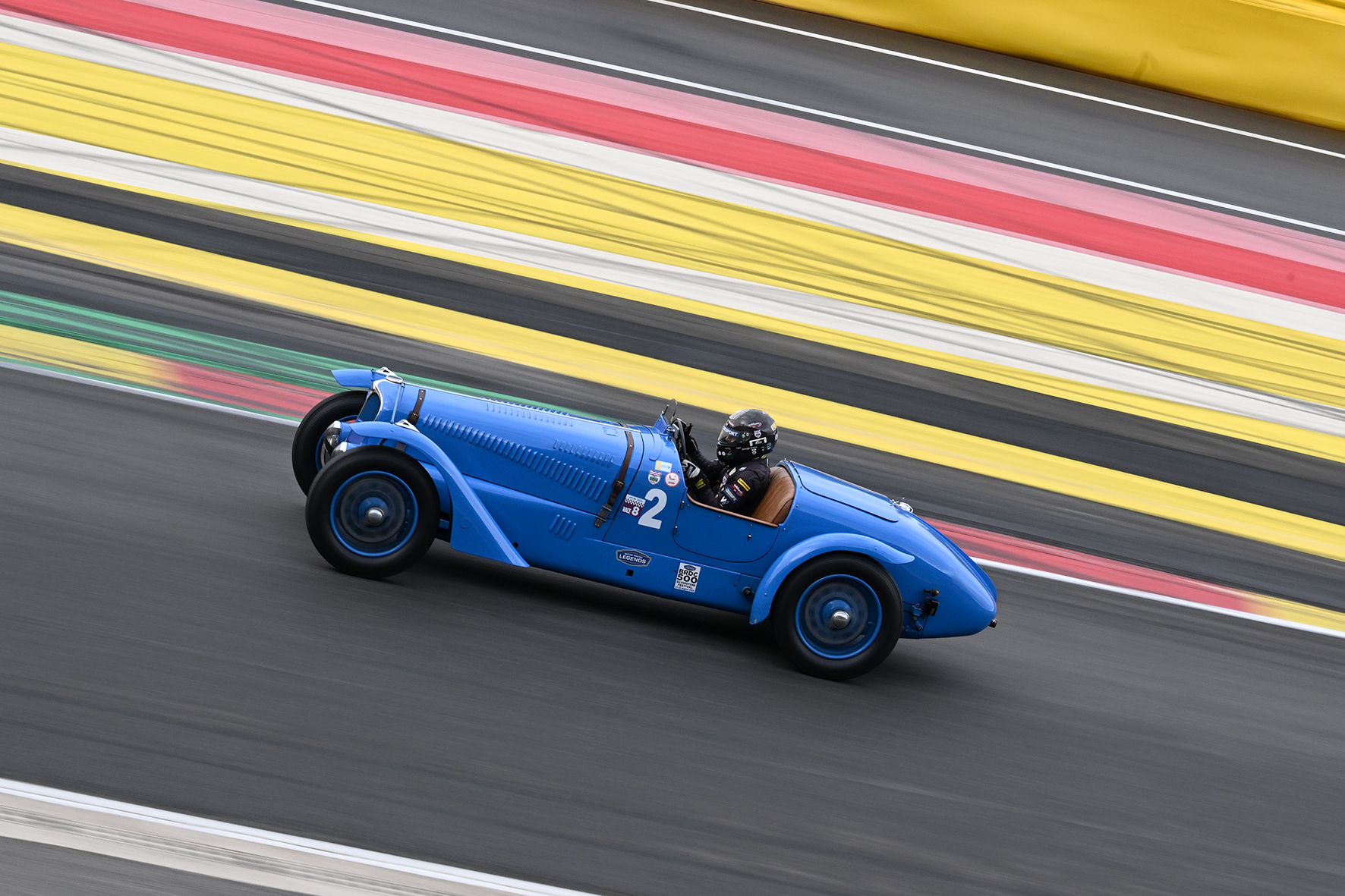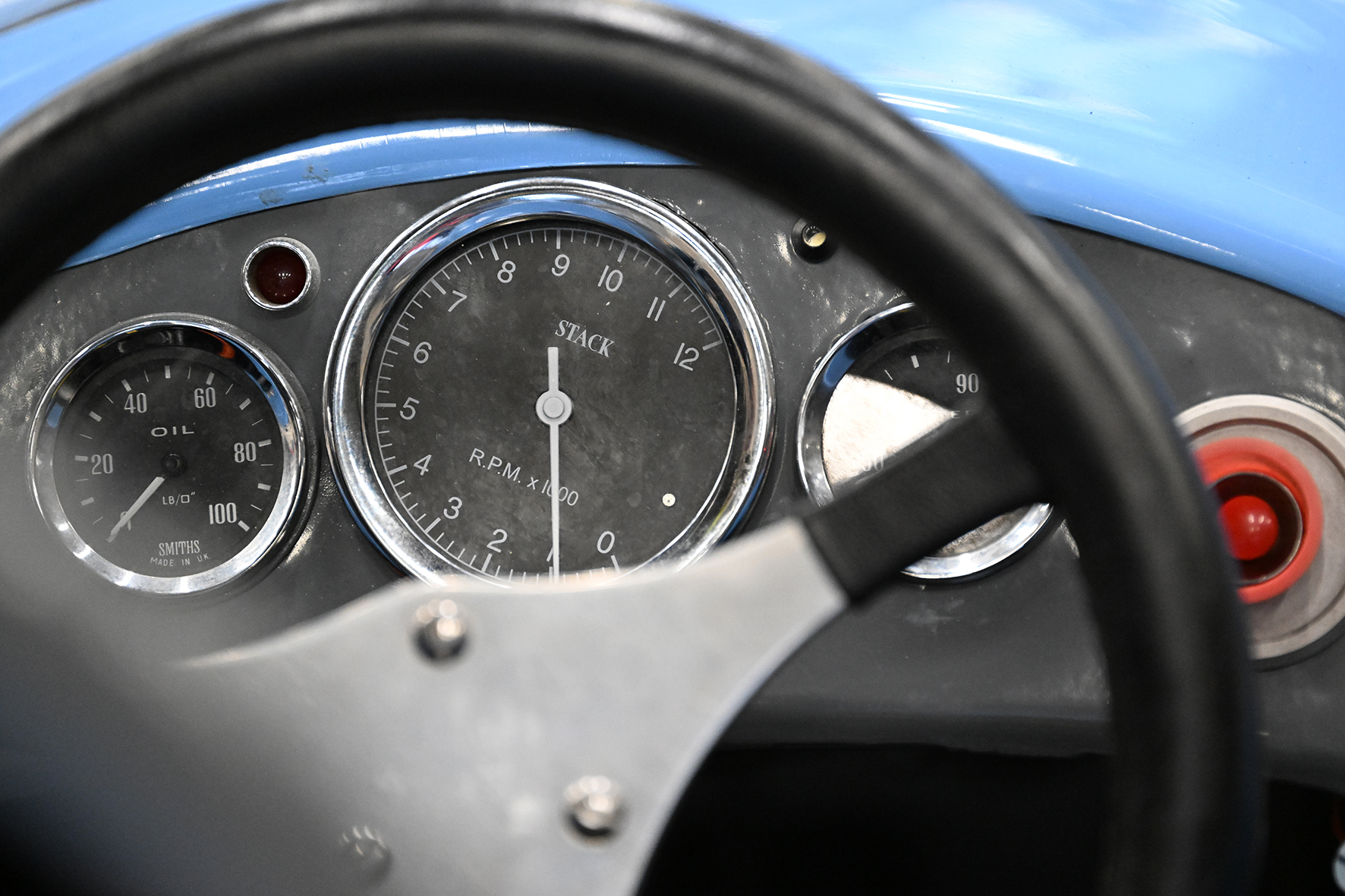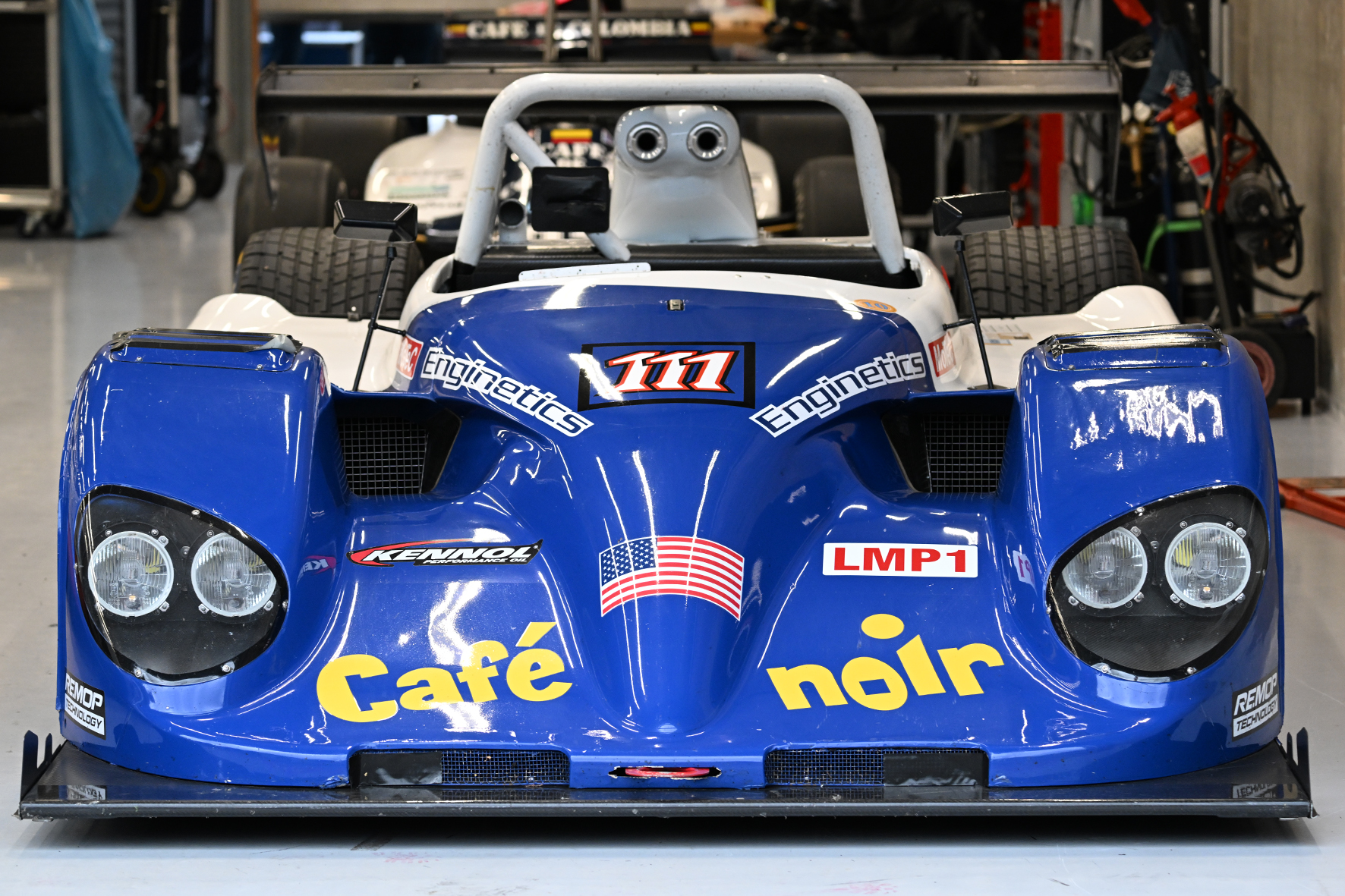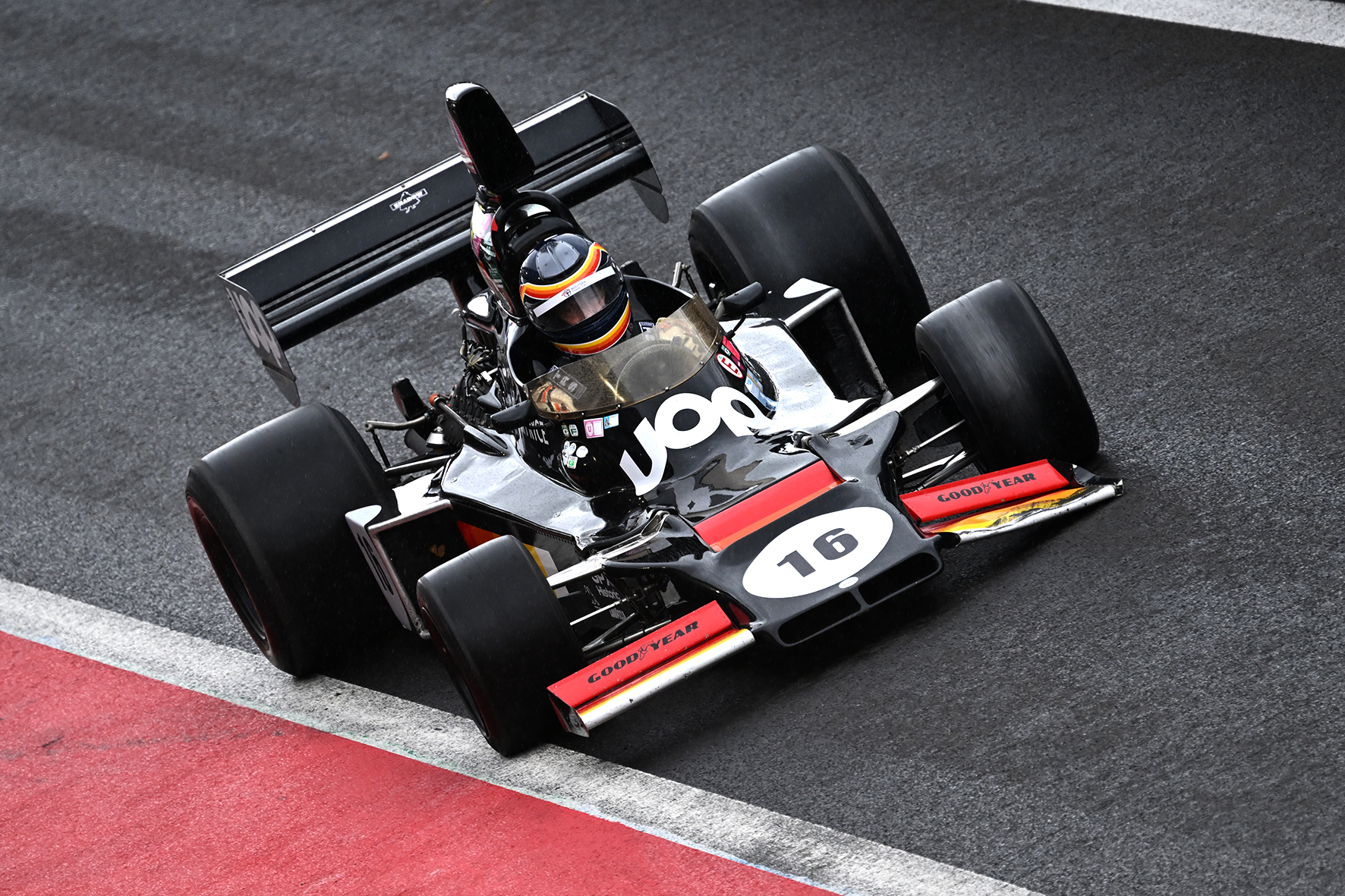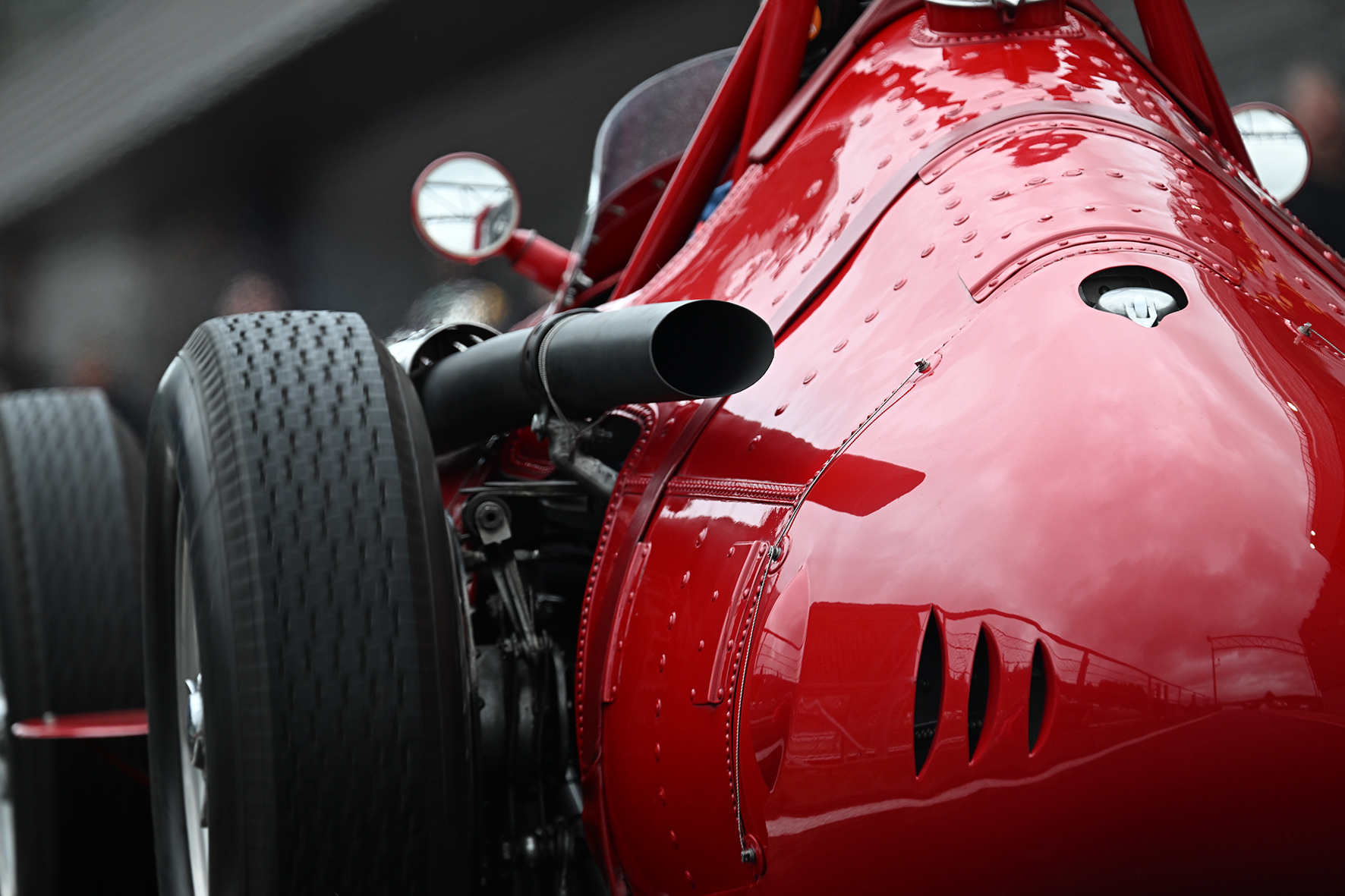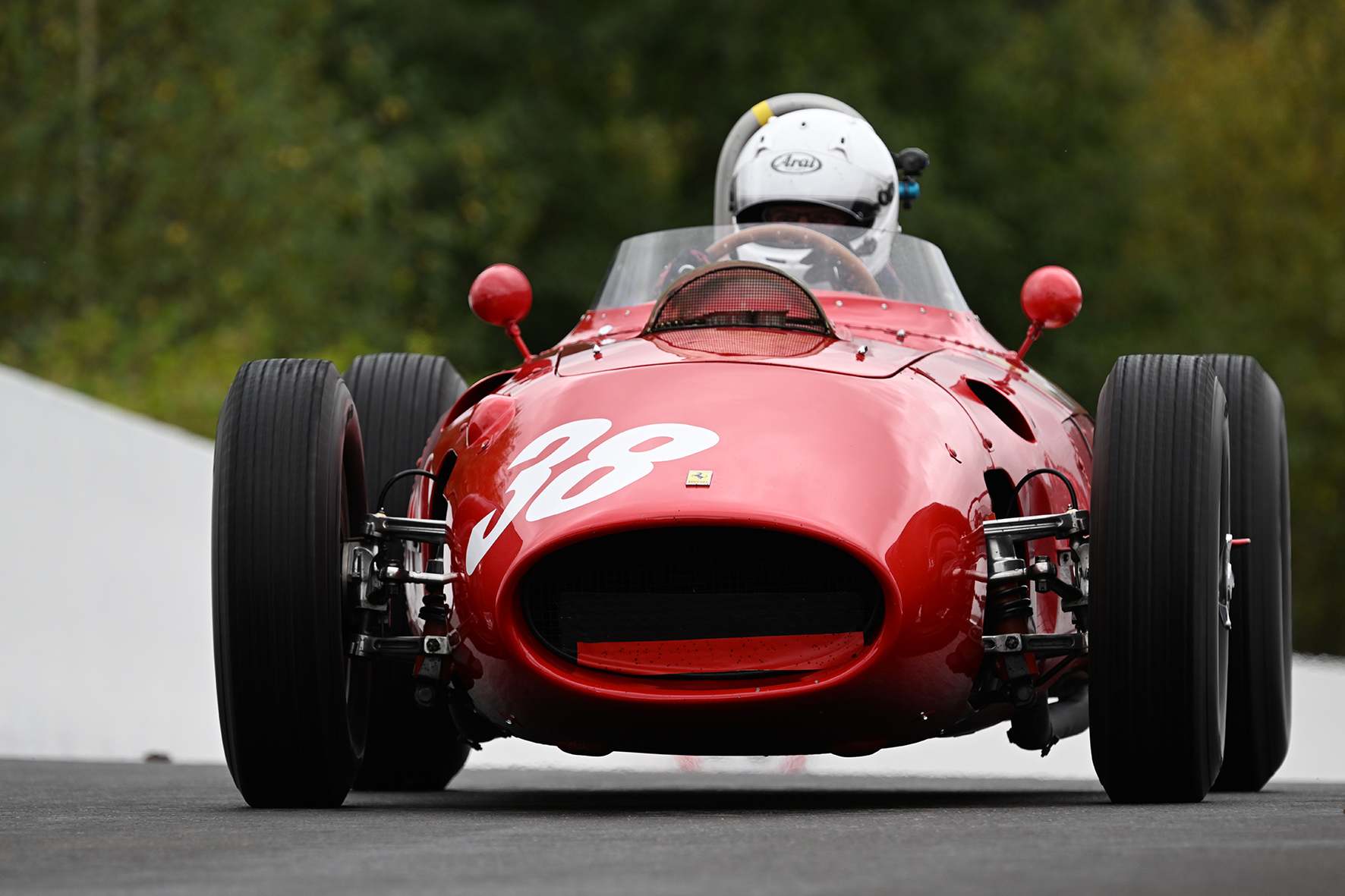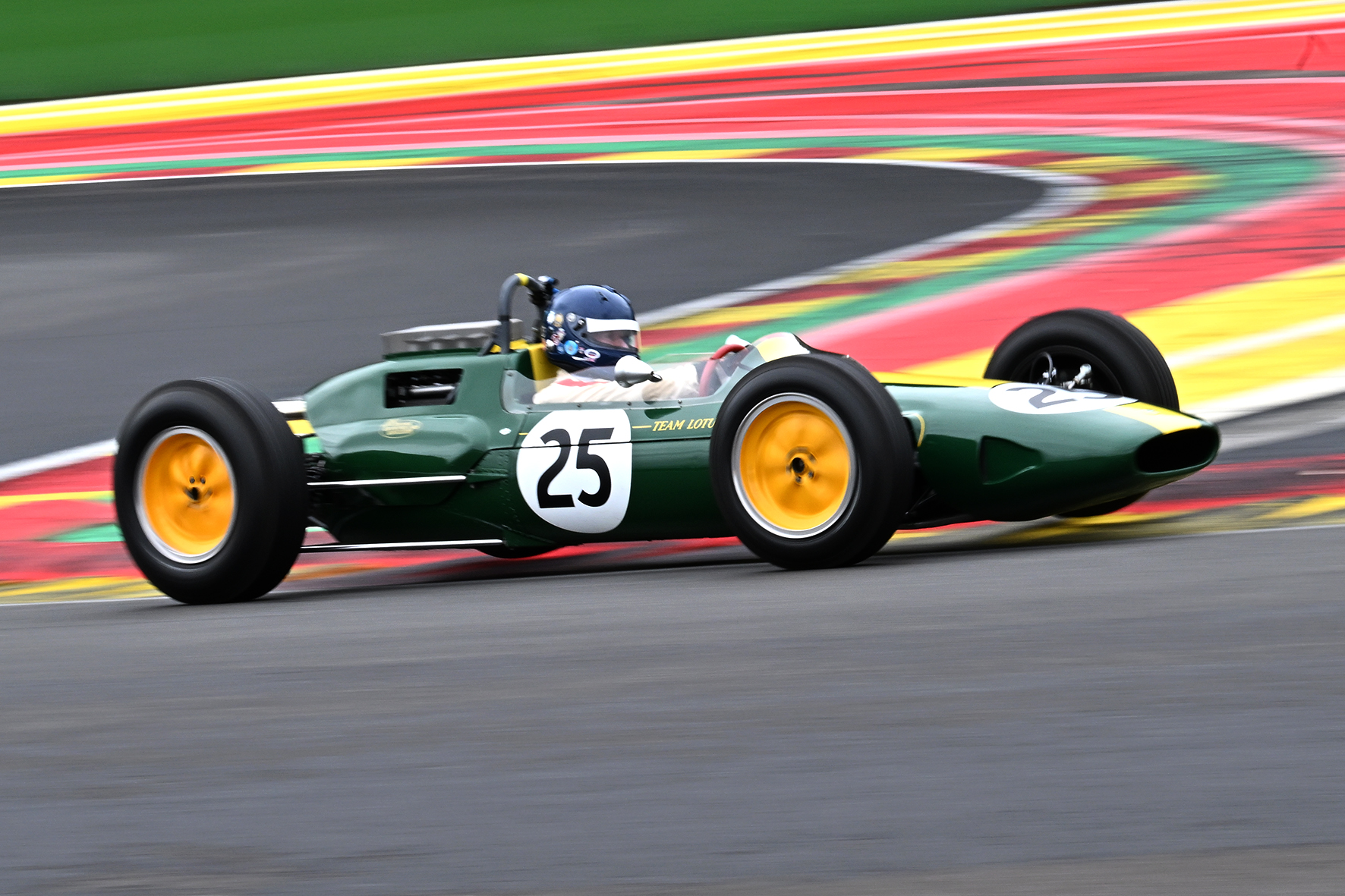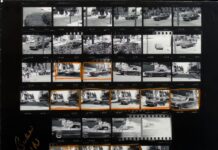One of my annual highlights during the historic motorsport season is and remains the Spa Six Hours Meeting at the end of September. At the same time, it is also my photographic season finale. The best is often saved for last.

The programme of this special event on one of the most beautiful racetracks in Europe is packed with outstanding races in a wide variety of series with large starting fields and exciting racing cars from many decades. And last but not least, prominent ex-racing drivers are always drawn to the Spa Francorchamps circuit to experience and master this challenging race track in historic racing cars.
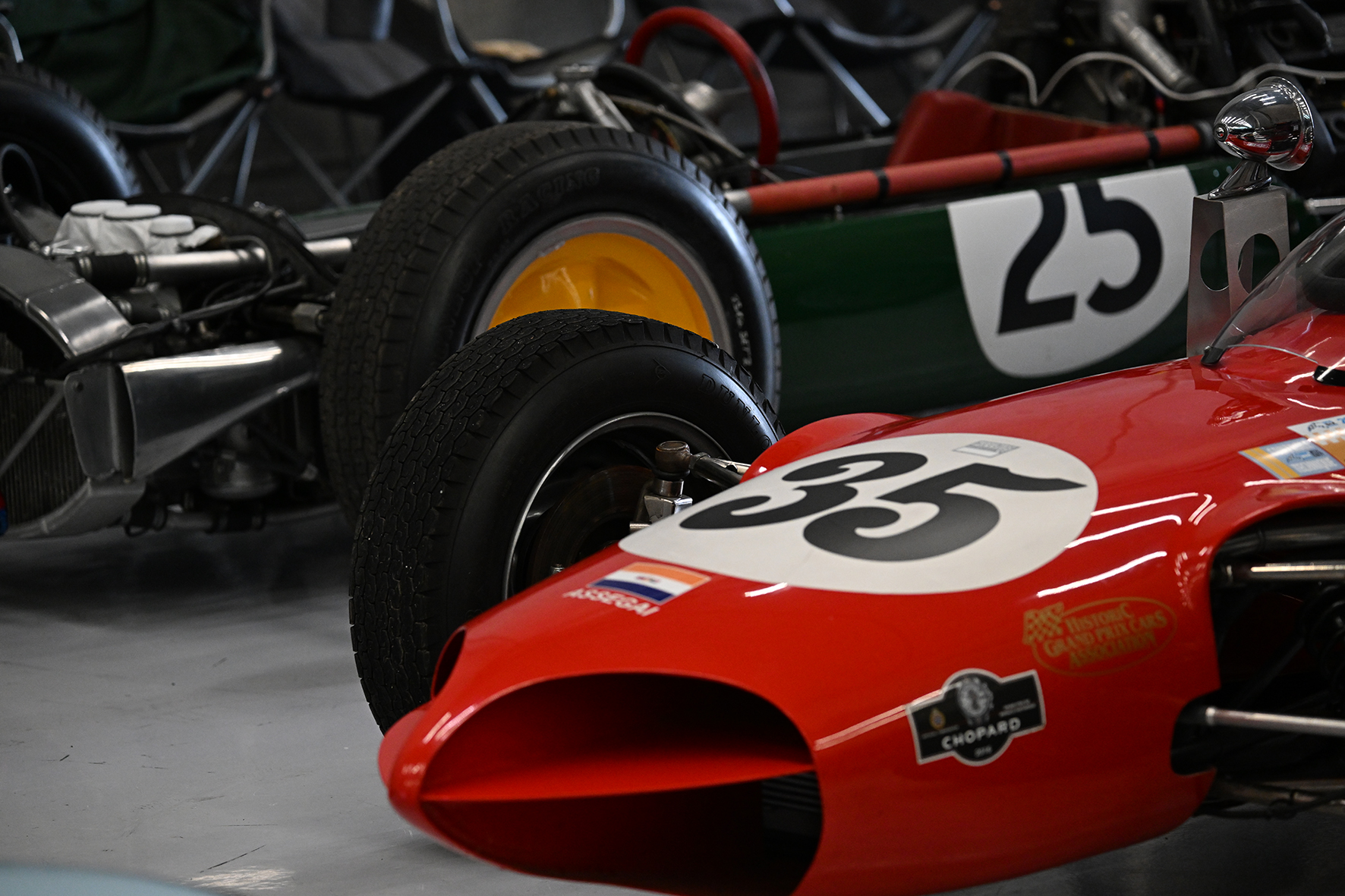
The schedule is organised a bit like a very good dinner. There are plenty of delicious ‘starters’. On Saturday afternoon at 4.00 pm, the ‘main course’ of the menu starts with the 6-hour race for GT and touring cars. With almost 90 racing cars, this race into the darkness of the autumn night in the Belgian Ardennes is something very special.
In terms of weather, this year’s Spa Six Hours had everything you could wish for if you wanted it. From bright sunshine to heavy downpours, everything was on offer, with the conditions sometimes changing by the minute. As a result, the various safety cars clocked up many kilometres, but the races had to be stopped or even aborted time and again due to minor accidents or simply too much water.
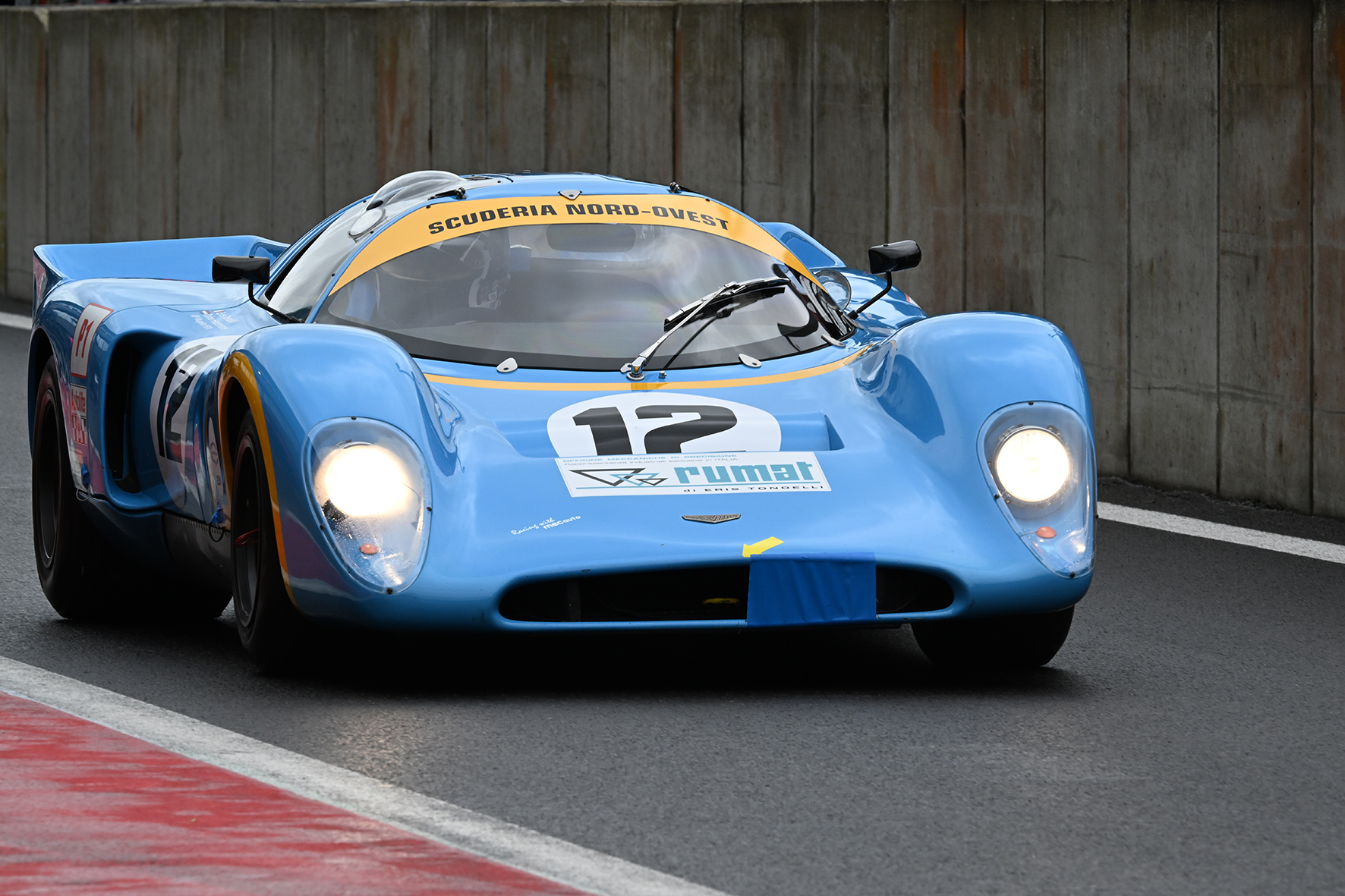
From a photographic point of view, these conditions were difficult but also extremely exciting. So I split my report into ‘The shine edition’ and ‘The rain edition’.
It’s amazing to see the courage and talent with which the drivers took on these challenges on this special race track and braved the weather.
This time I was also at a photo point where I had never been before, Post 4B, at the exit of the Eau Rouge corner combination at the start of the Kemmel Straight. This is where the ‘older’ part of the circuit begins, with woods to the right and left and a hard shoulder just as wide as a car, protected by three-storey crash barriers.
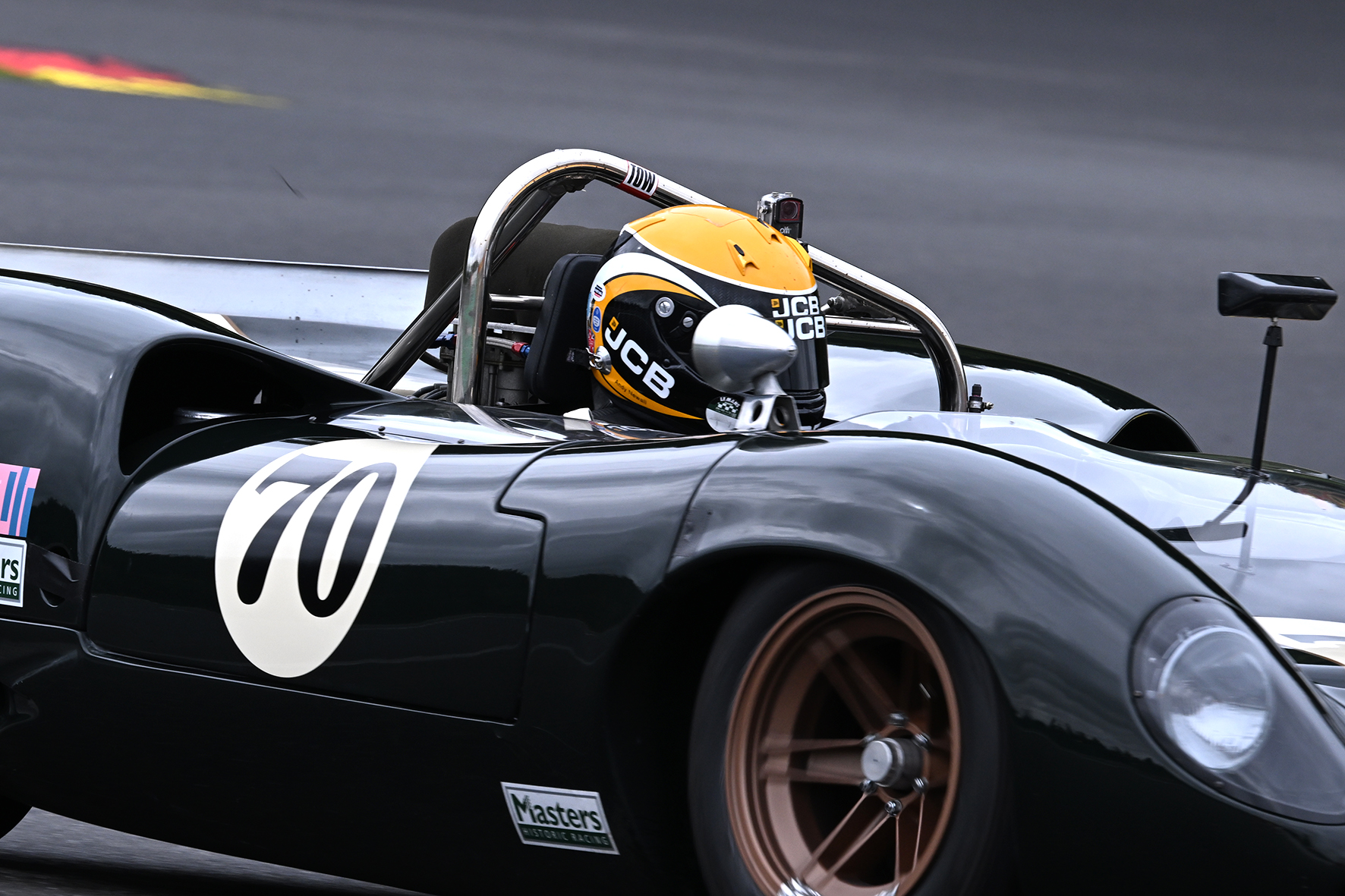
While very large, colourfully painted run-off areas have been created around the start/finish straight in recent years, starting at the bus stop chicane via La Source to the Eau Rouge, offering the image of a modern Formula One racetrack, the beautiful sight of an old racetrack begins at Post 4B. All the more astonishing were the speeds driven there by the historic racing cars. Not only the Masters Racing Legends, the Formula One racing cars built up to 1985, were incredibly fast and sometimes drove up there three abreast. The Formula 2 cars were just as fast there as the Historic Grand Prix cars, even the Formula Juniors were incredibly fast and wheel-to-wheel. I was standing less than 10 metres away with my camera behind the FIA fences and was really impressed. You could experience and feel the speed there. At times, the forest floor I was standing on shook.
So here are the sunshine pictures of a truly remarkable weekend in the beautiful landscape of the Ardennes. A constant companion was a very gusty wind. This brought grey, heavy clouds with corresponding downpours.
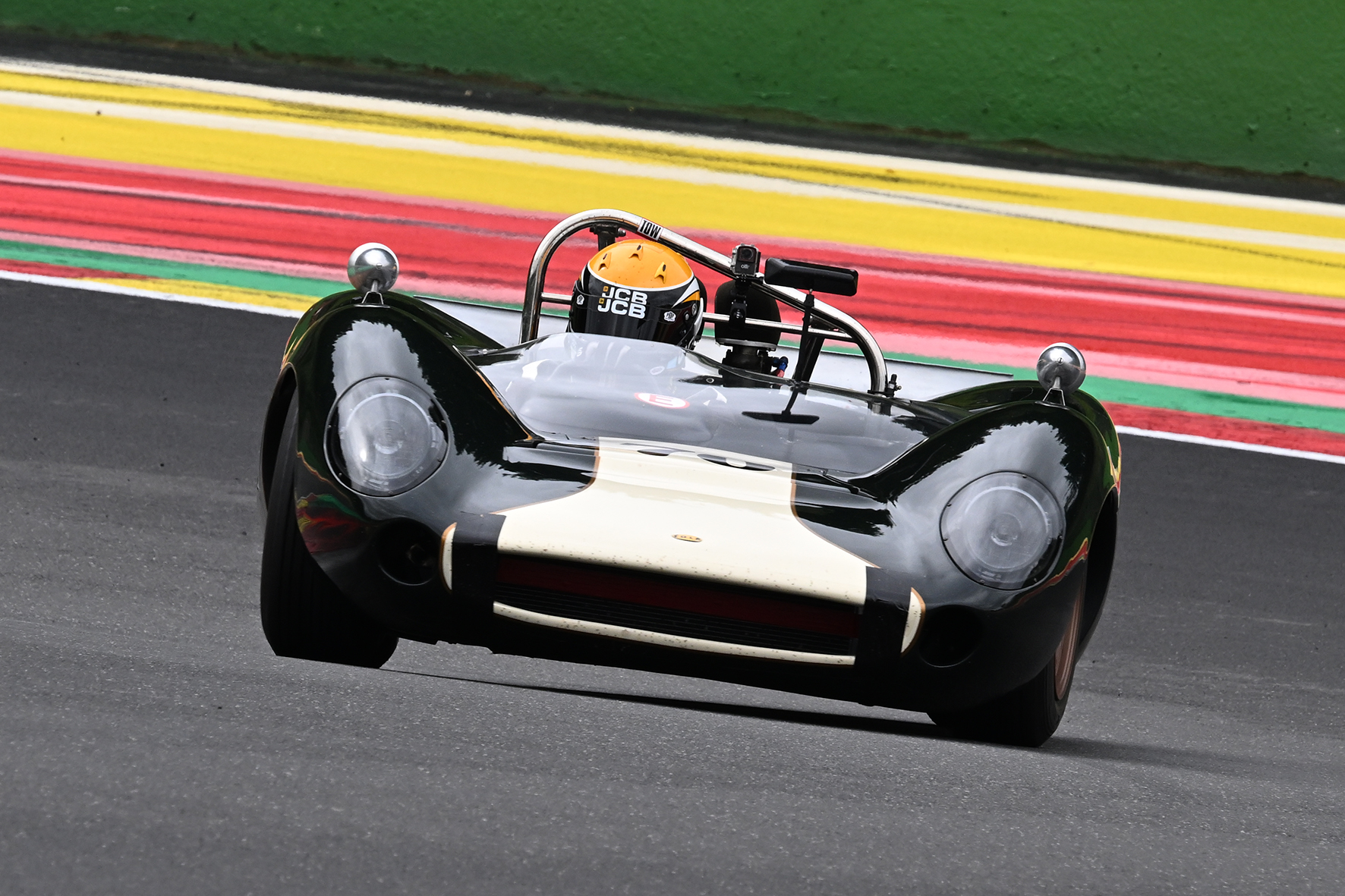
But the sun, when it was there, made everything a little more colourful and, above all, warmer.
A journey through motorsport history with beautiful racing cars that are prepared in the most professional manner for this race track, which is perfectly embedded in the hilly landscape. Historic motorsport is also becoming more and more professional, but remains a hands-on sport.
Some of the special guests were Thierry Boutsen who drove a 1975 Shadow DN5 Formula One racing car and the driver trio Dario Franchitti, Marino Franchitti and André Lotterer, who ultimately won the 6-hour race with their red Ford GT 40 with starting number 41.
Watch and read the second part, The rain edition, if you like. Find out more about our photographer Ralph Lüker.


